Calumet, Michigan
Michigan’s Mining Capitol
Calumet is one of the most interesting places that I’ve ever visited. Coming from Detroit, I’m used to old raggedy buildings; however, I never expected to find them in the Keweenaw Peninsula. That said, Calumet is so much more than a few raggedy buildings; it always has been. Calumet is a peek into the Keweenaw’s rich mining, cultural, and political history, and is well worth a visit if you are passing through. You can stop for a bite to eat, grab a drink, go shopping, and bask in the historical architecture surrounding you on every block.
The history here isn’t exhaustive; however, the YouTube video below has an in-depth look at Calumet and a POV-style walking tour of the village.
This map will help you better understand Calumet and its people. We hope to update this map soon. If there are buildings or places that you think should be added to this map, please let us know here.
Pre-Europeans
For thousands of years before the white man arrived in what would become the United States, indigenous peoples called the Keweenaw home. They used copper deposits to make beads, knives, spears, and other items. When the French arrived in the 1600s, the Ojibwe inhabited the Keweenaw Peninsula, although other tribes once roamed here.
After the prosperity of the fur industry began to die down, many native lands were taken by the United States in a series of treaties. An 1842 treaty gave the US government large portions of the Upper Peninsula west of the Chocolay River, including the Keweenaw and parts of Northern Wisconsin.
The last remnants of native land in this part of Michigan is the Keweenaw Bay Indian Community, within which parts of the communities of Baraga and L’anse reside.
Settlement & Growth
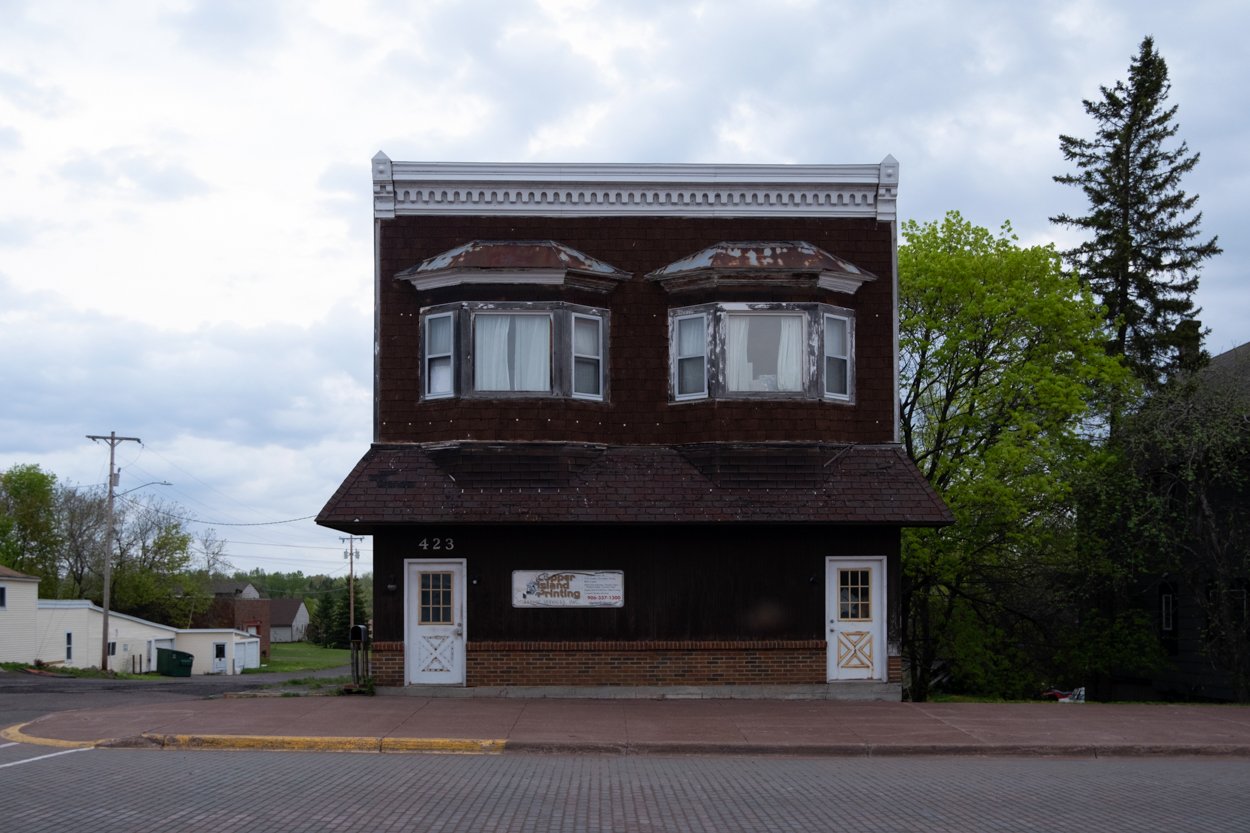
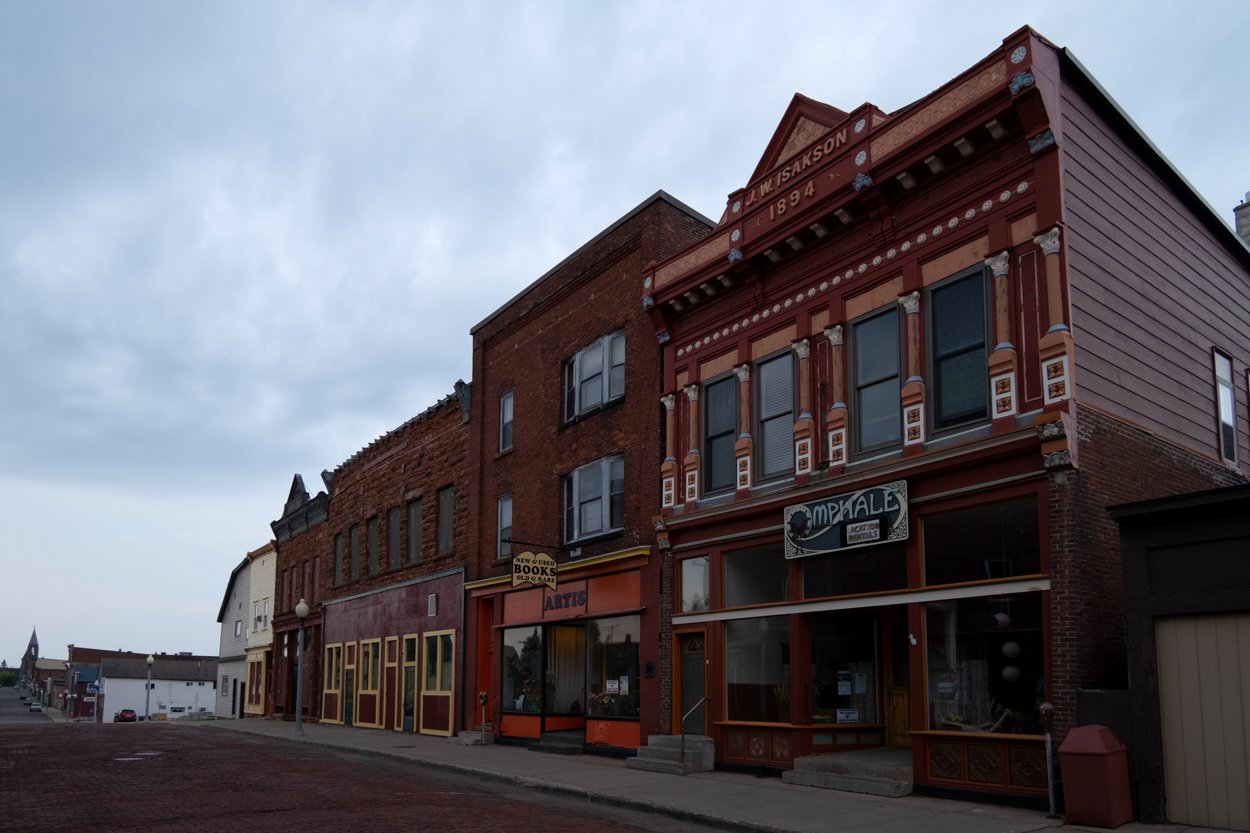
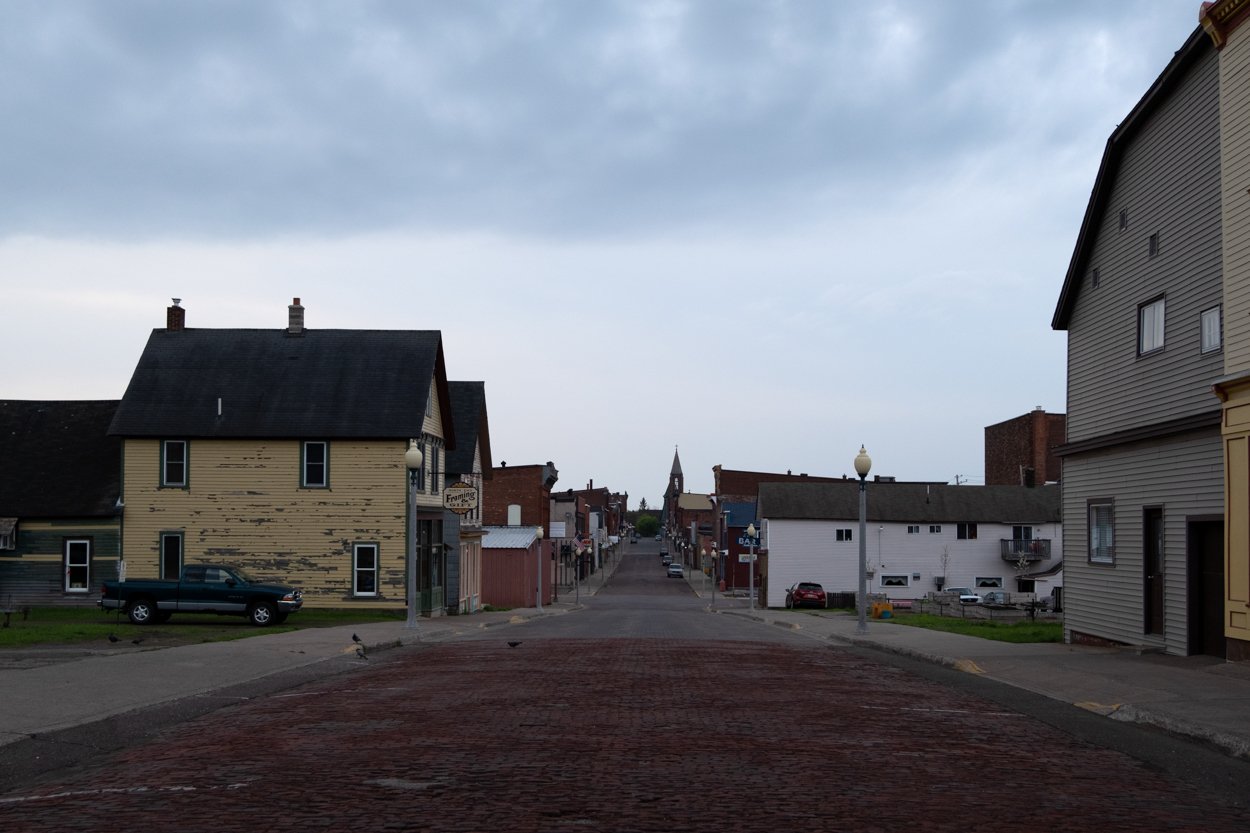


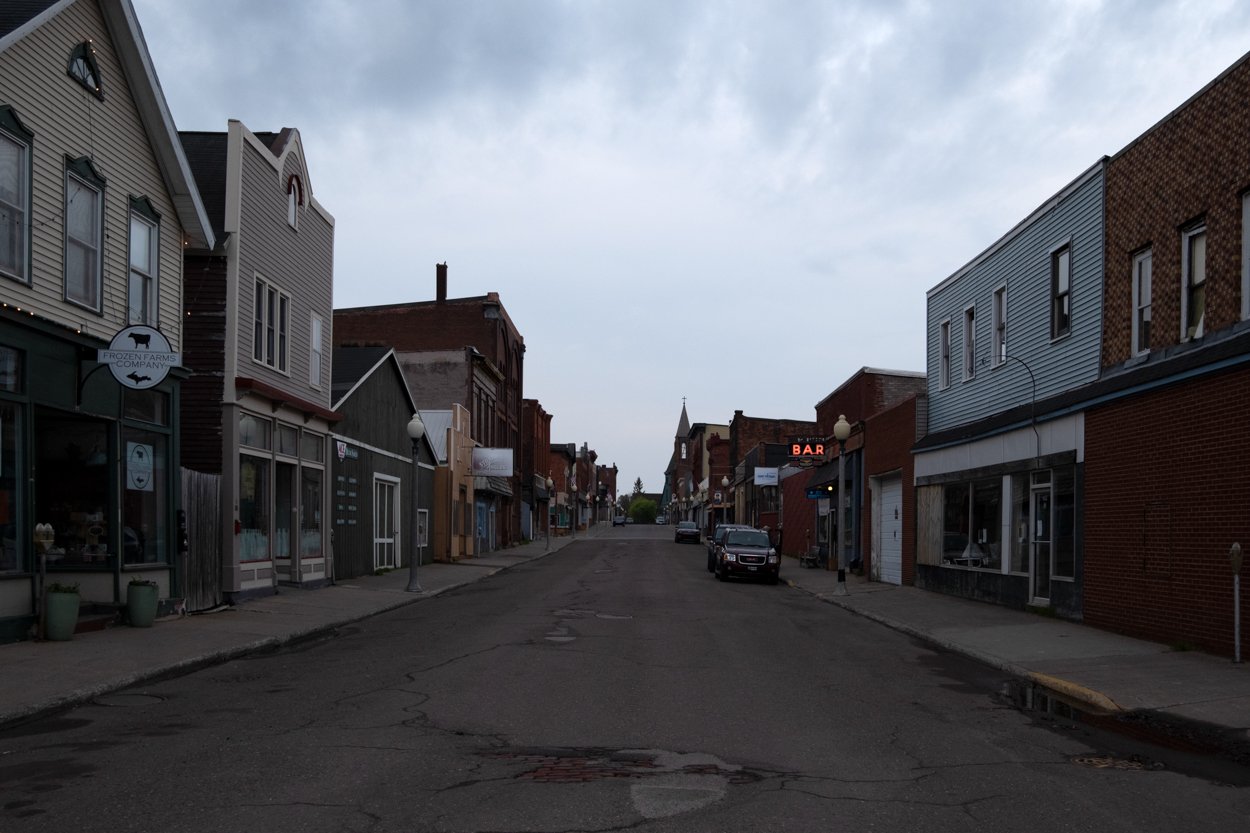


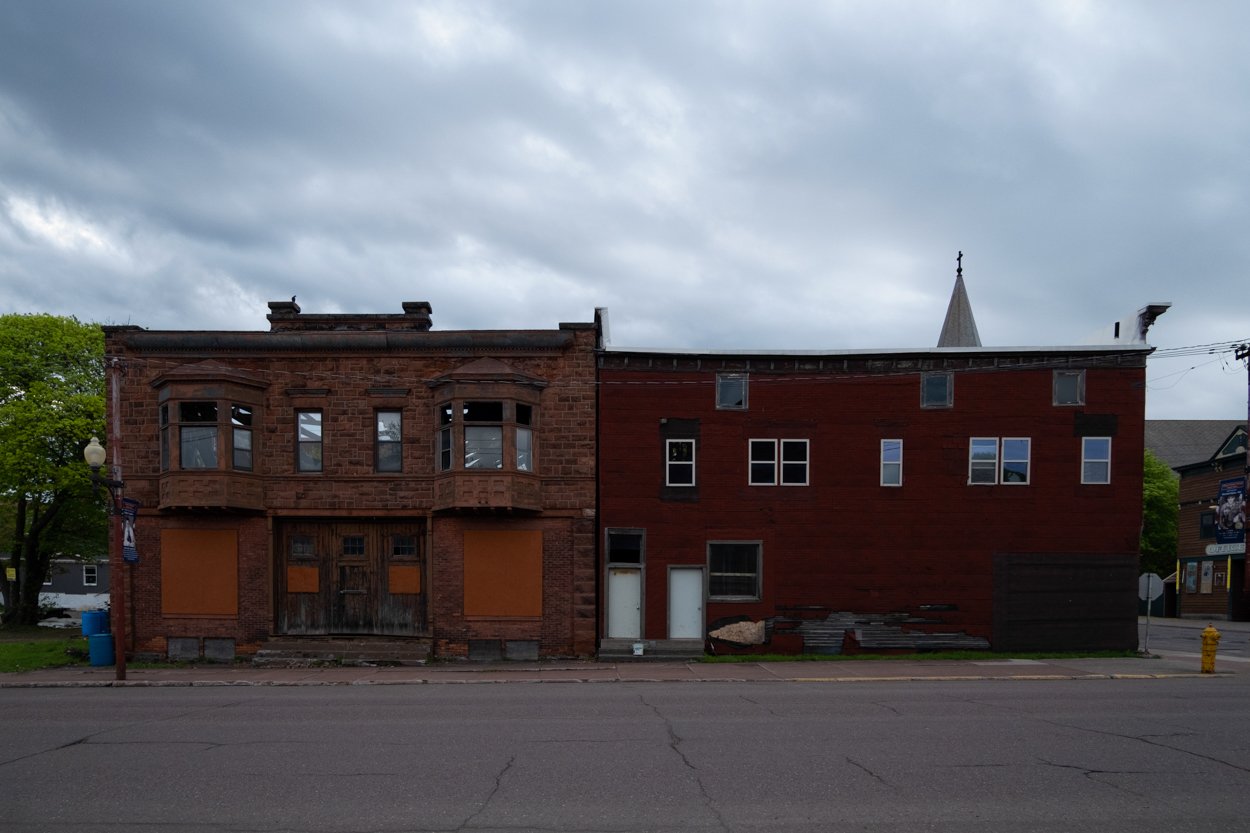
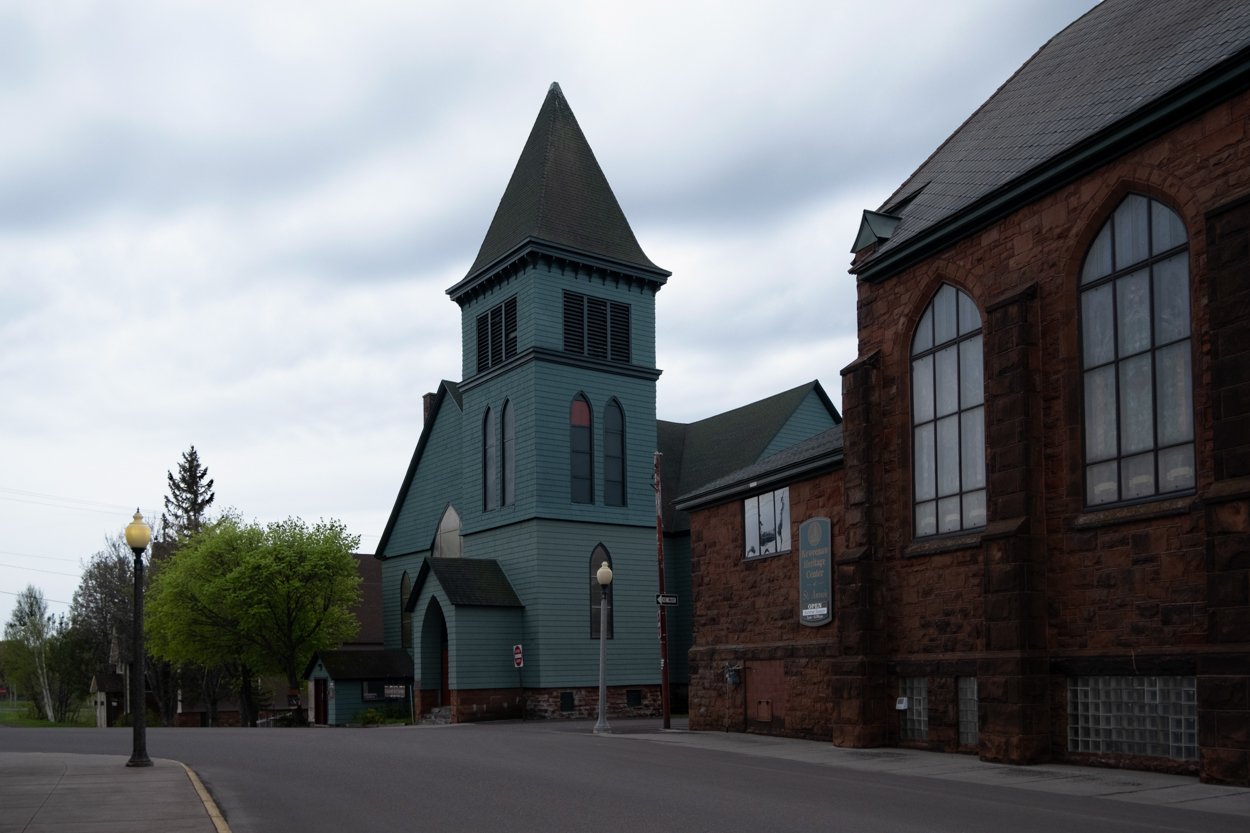
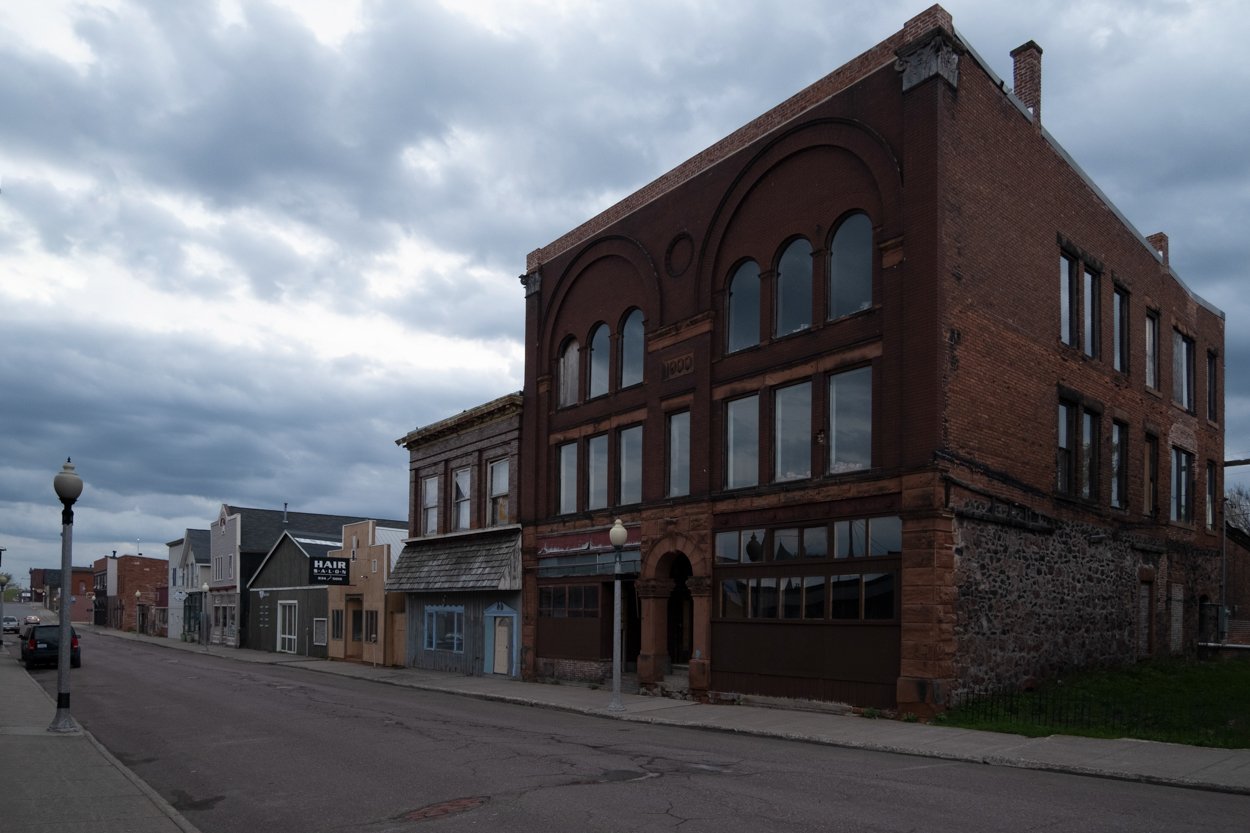
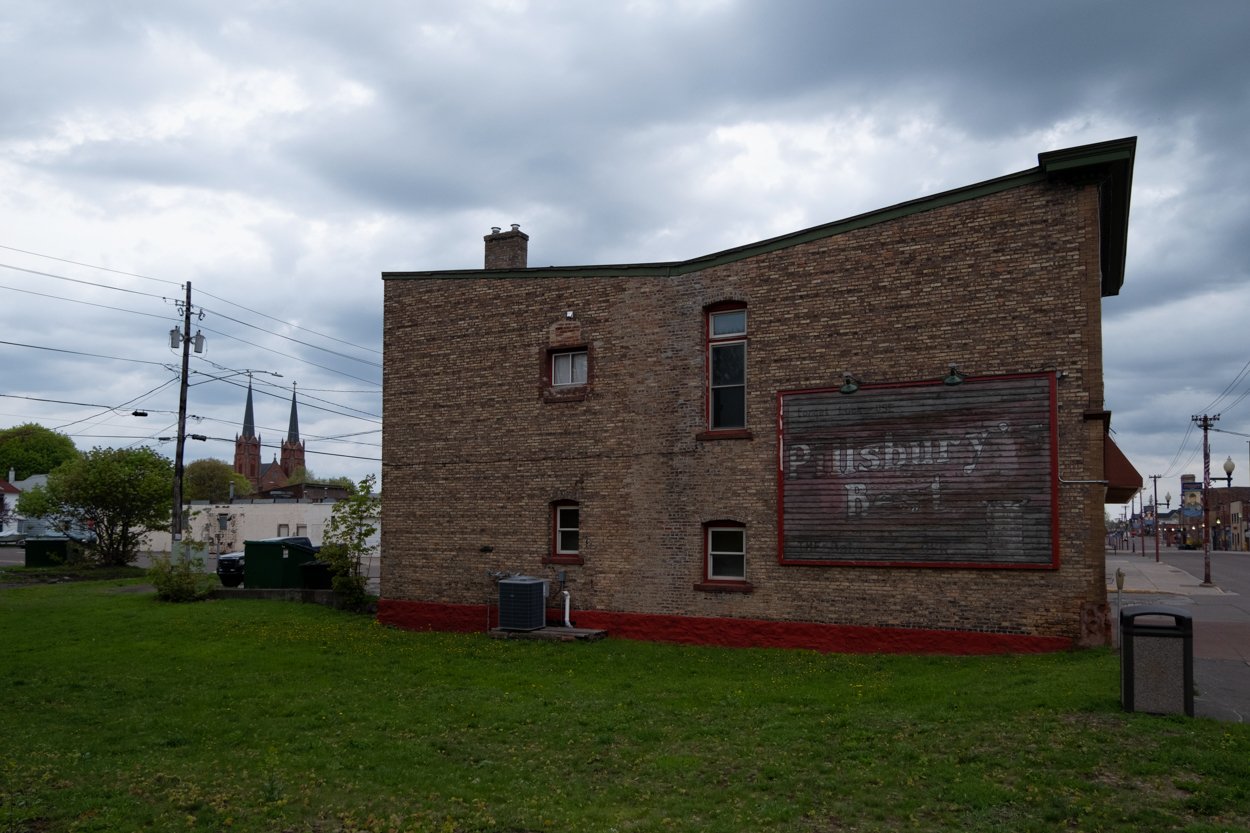
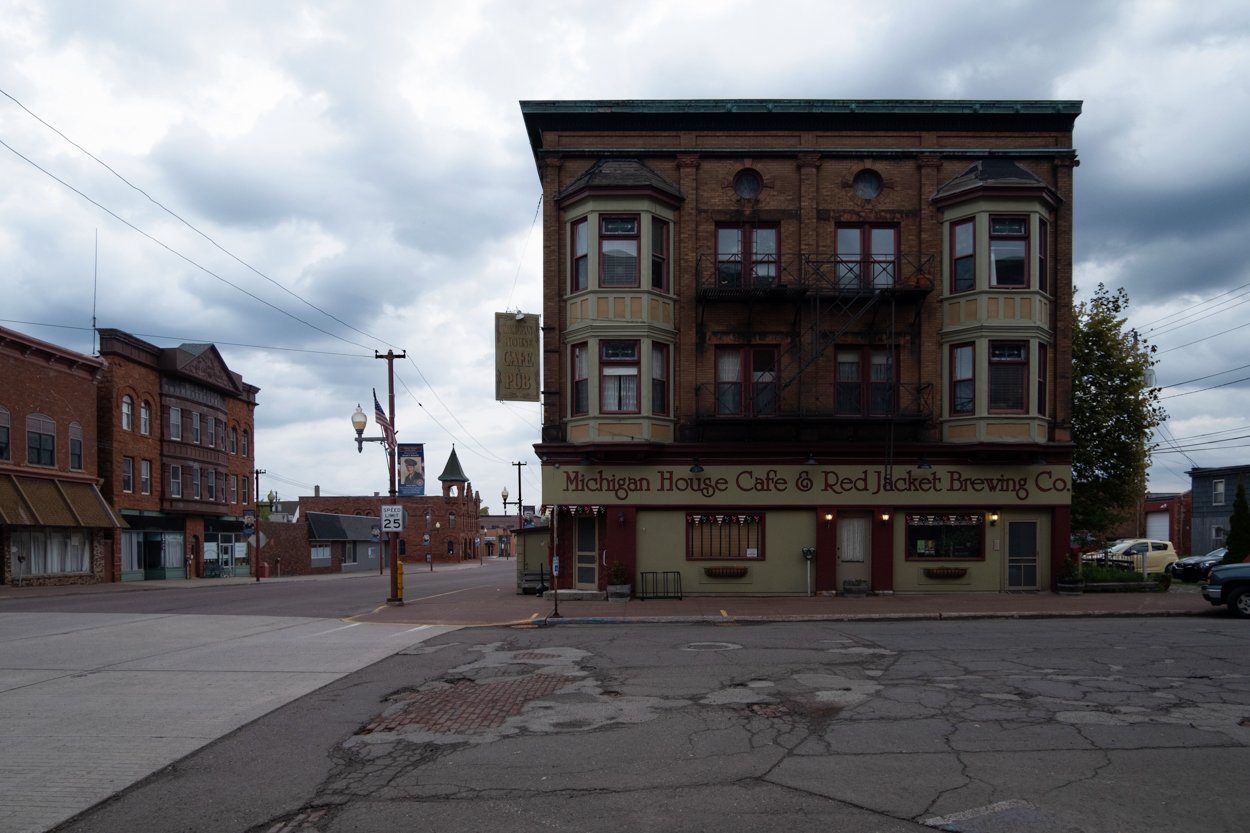
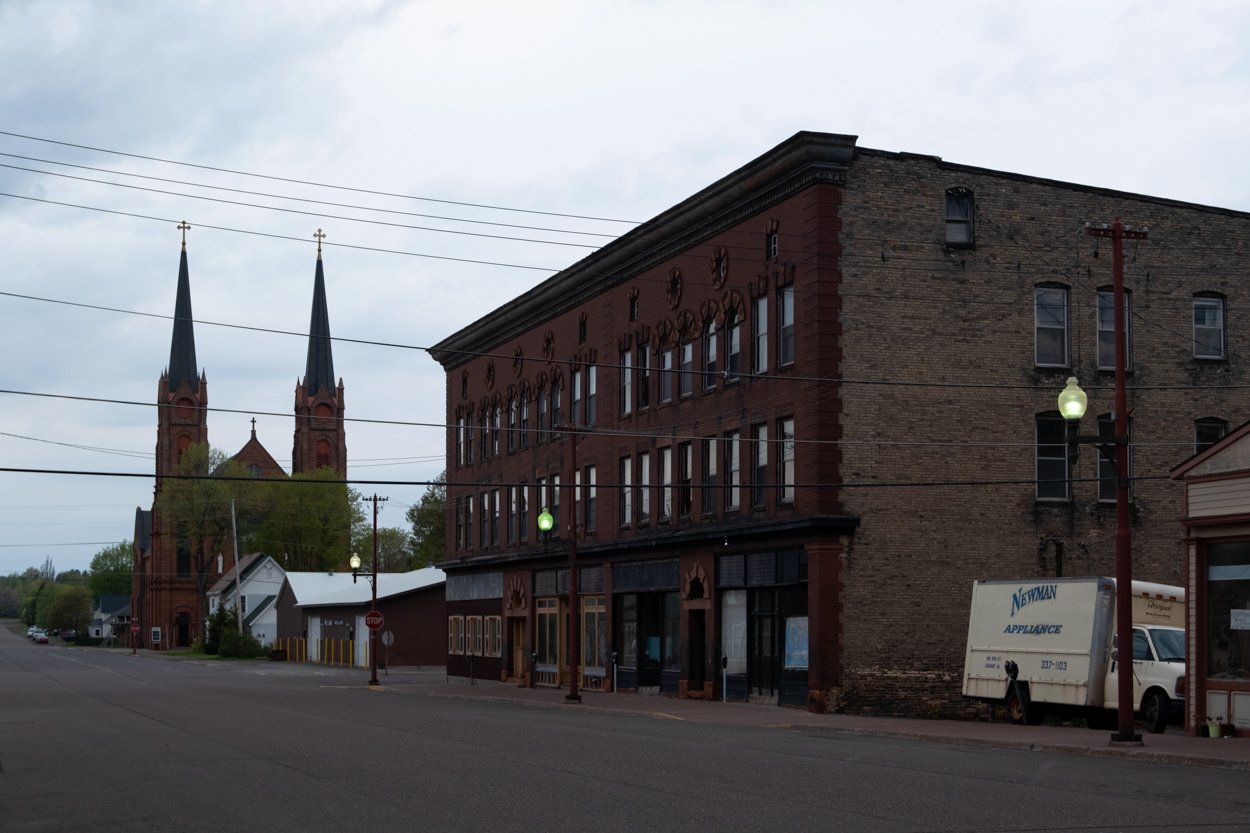
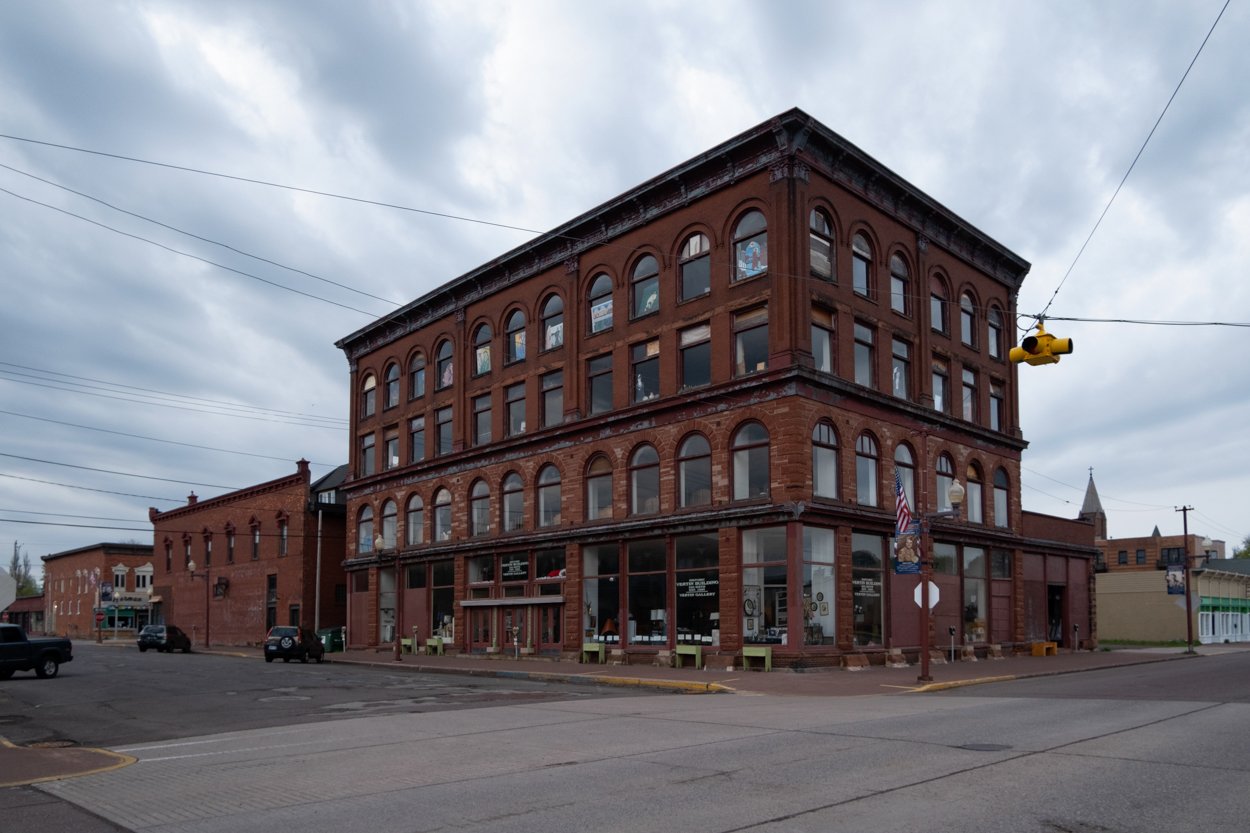
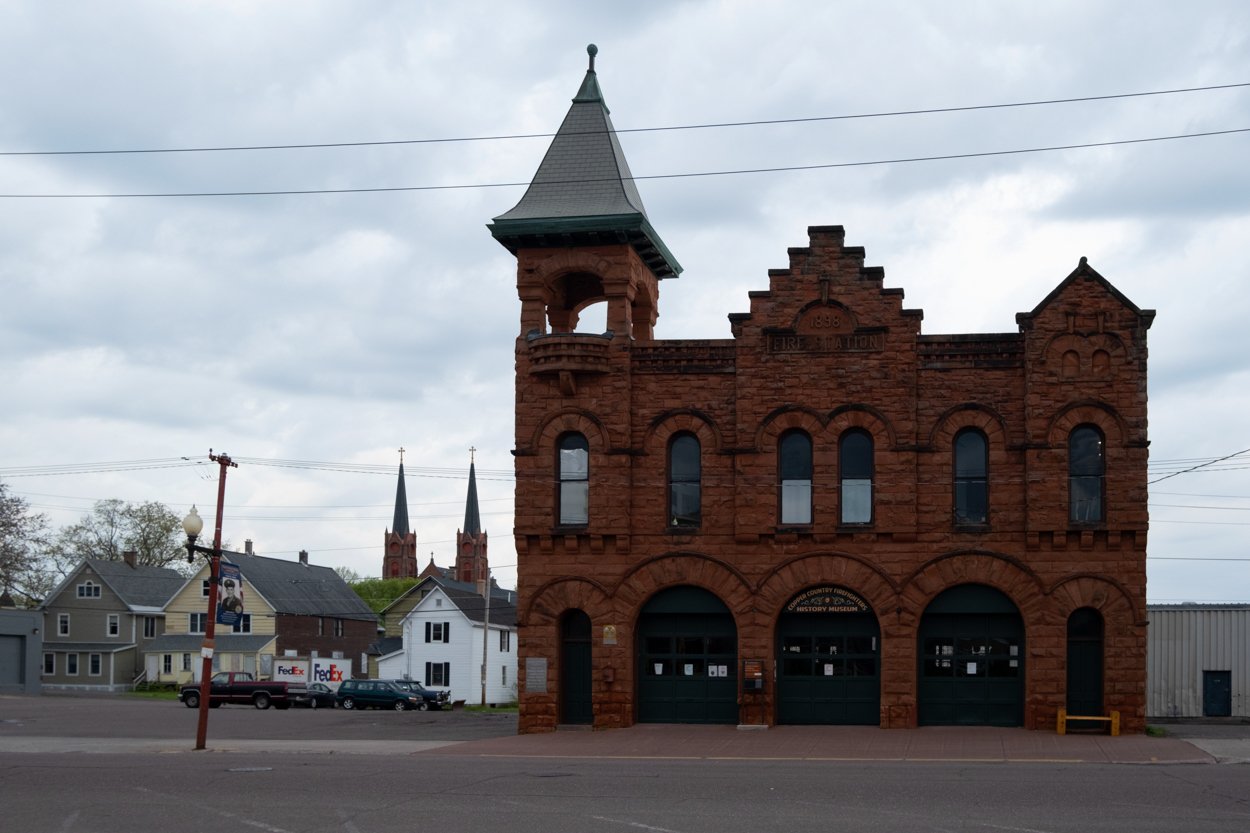
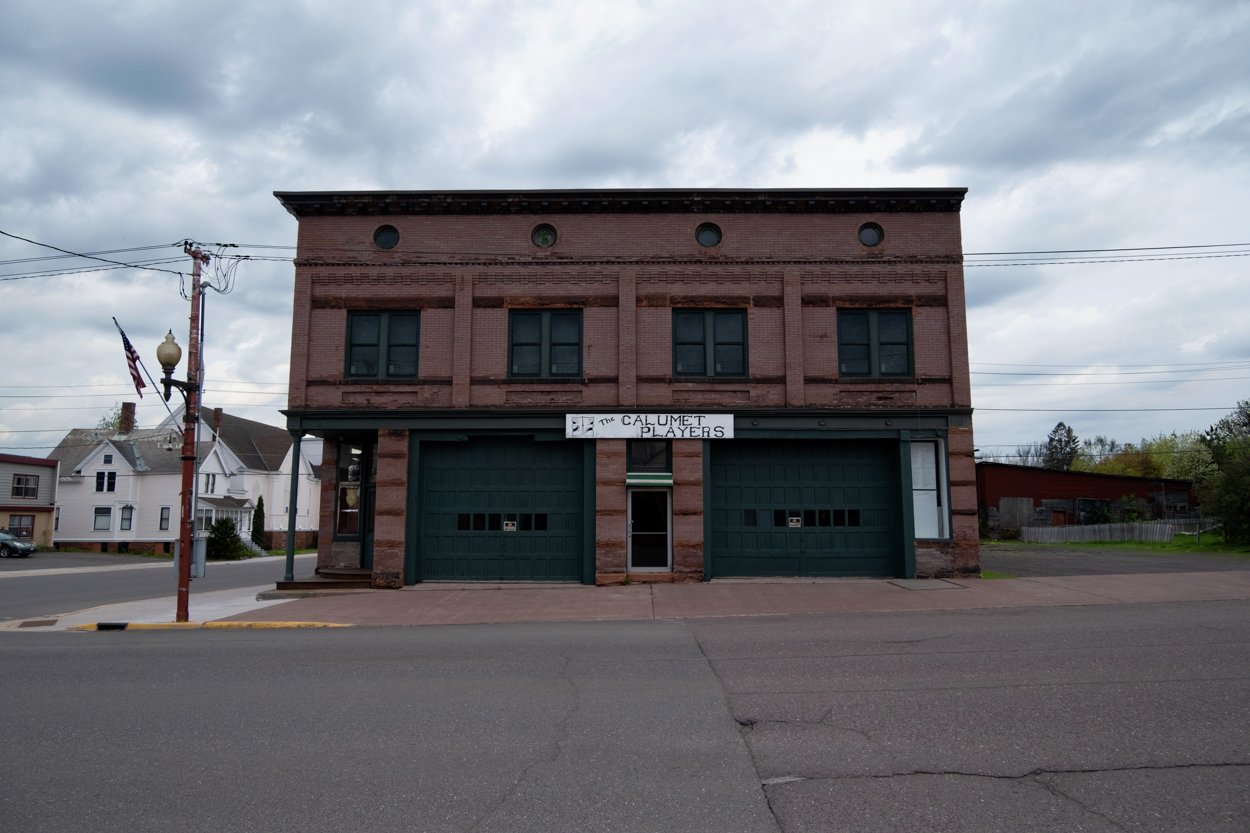
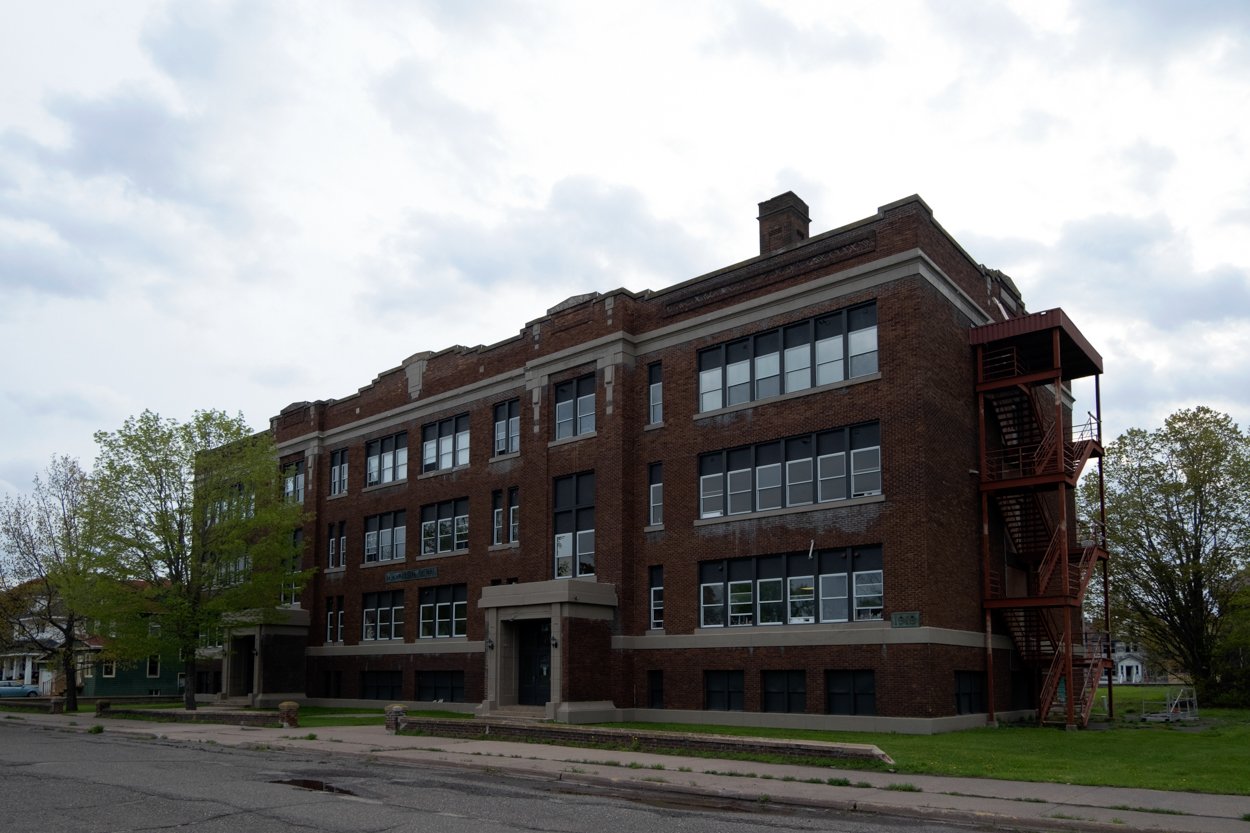

Soon after the land was ceded, commercial copper mining began in the region. Mining communities popped up all over the copper range that spread from the top of the Keweenaw past Ontonagon. One of those communities was Calumet, which was settled as Red Jacket in the 1860s. The town was named after a Seneca Chief and was incorporated in 1875.
By 1880, the population was over 2,000 people, primarily due to the booming mining industry in the area. The largest and most profitable employer was the Calumet & Hecla mining company, which had such a significant presence in the town that it was nicknamed Calumet. The population would peak at the 1900 census with just under 5,000 people living in the town, with over 25,000 living in the township surrounding it. Many lived in mine-owned housing, and several groups of homes were built in identical batches.
Decline
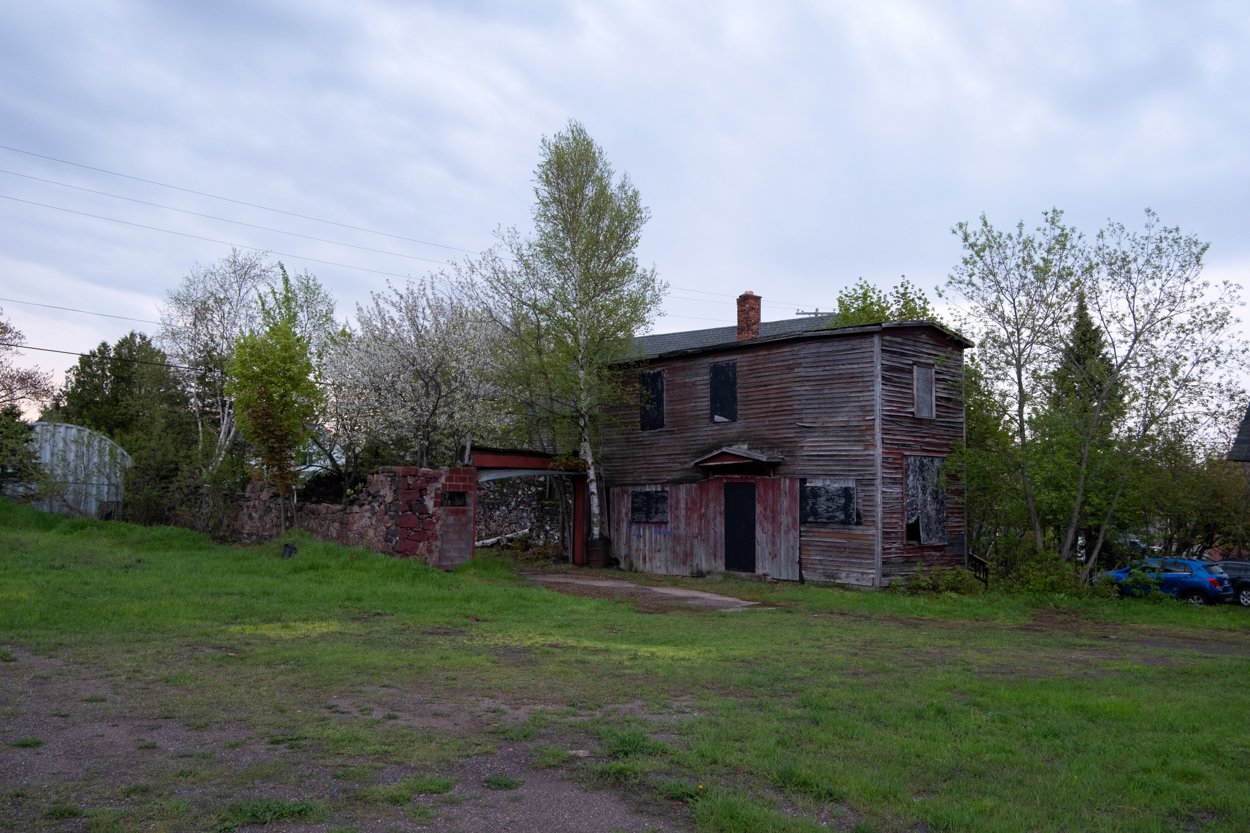
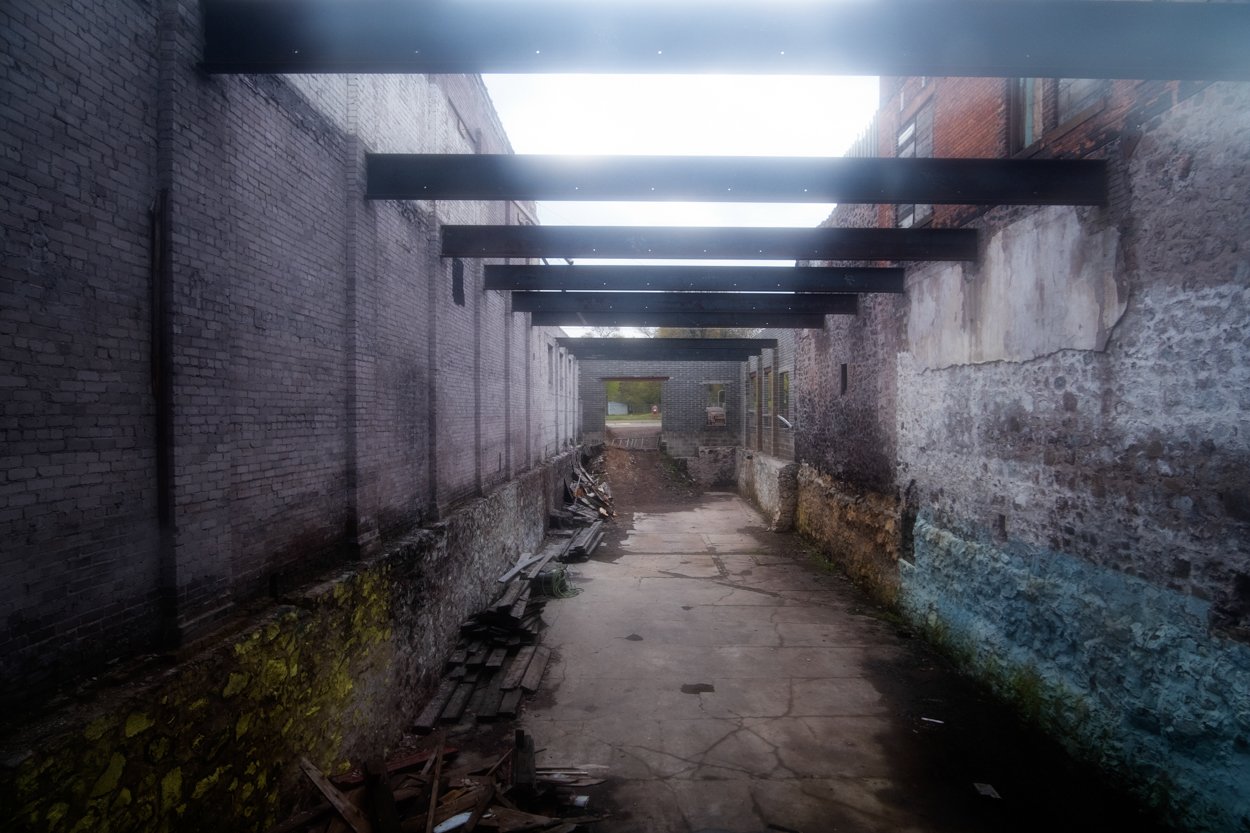
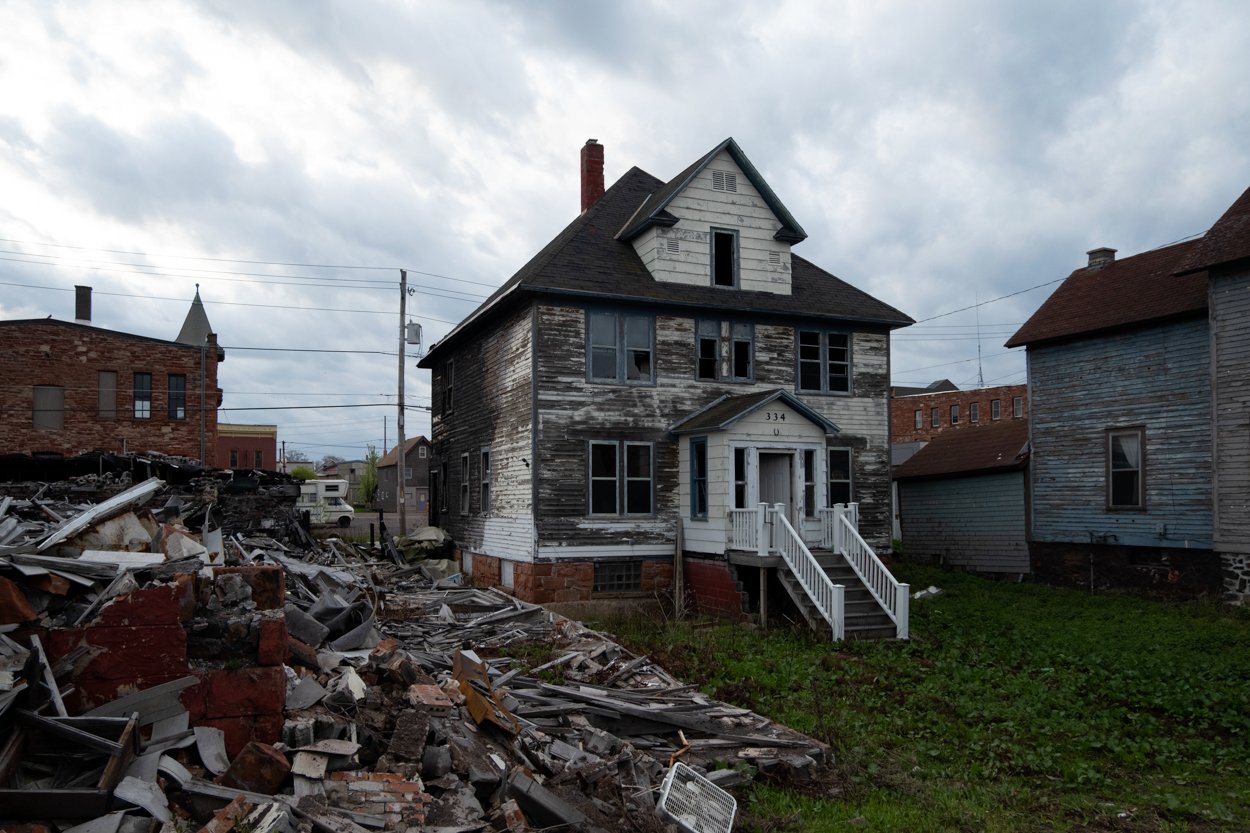
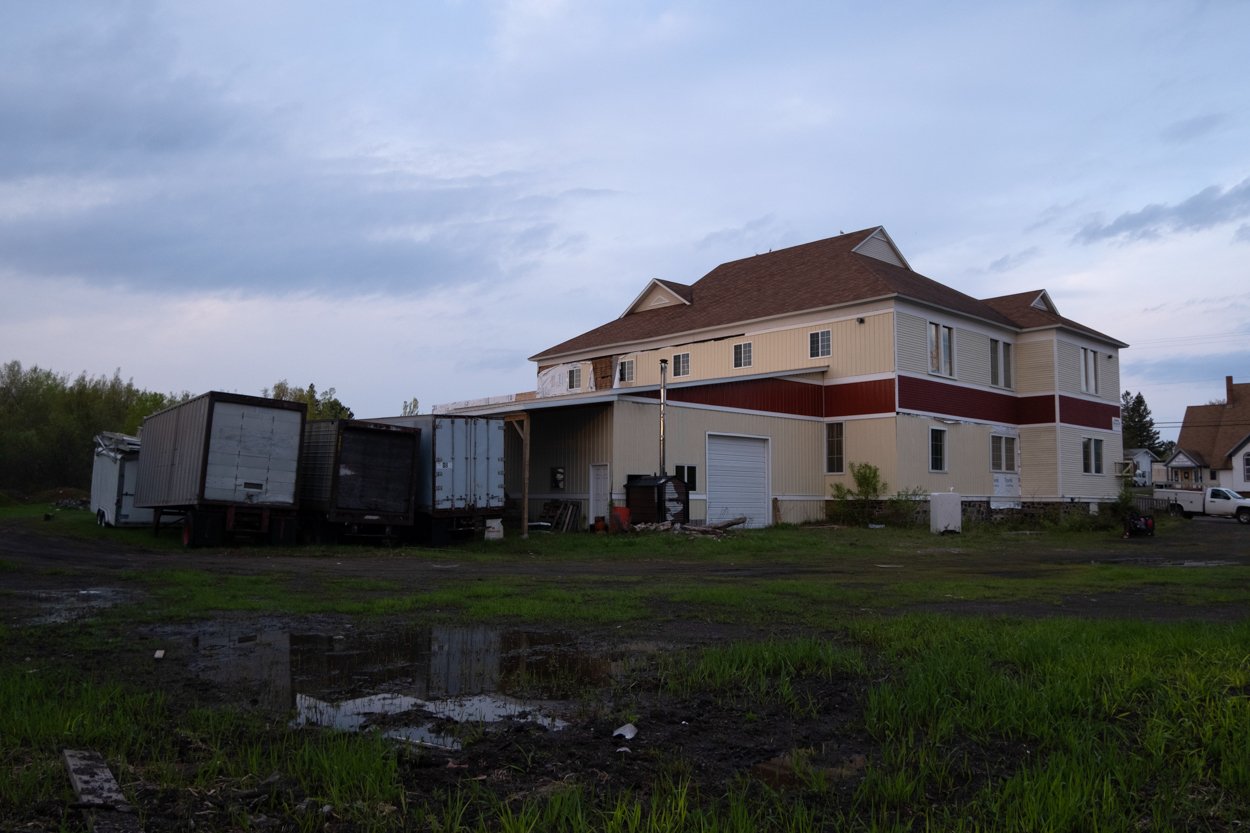
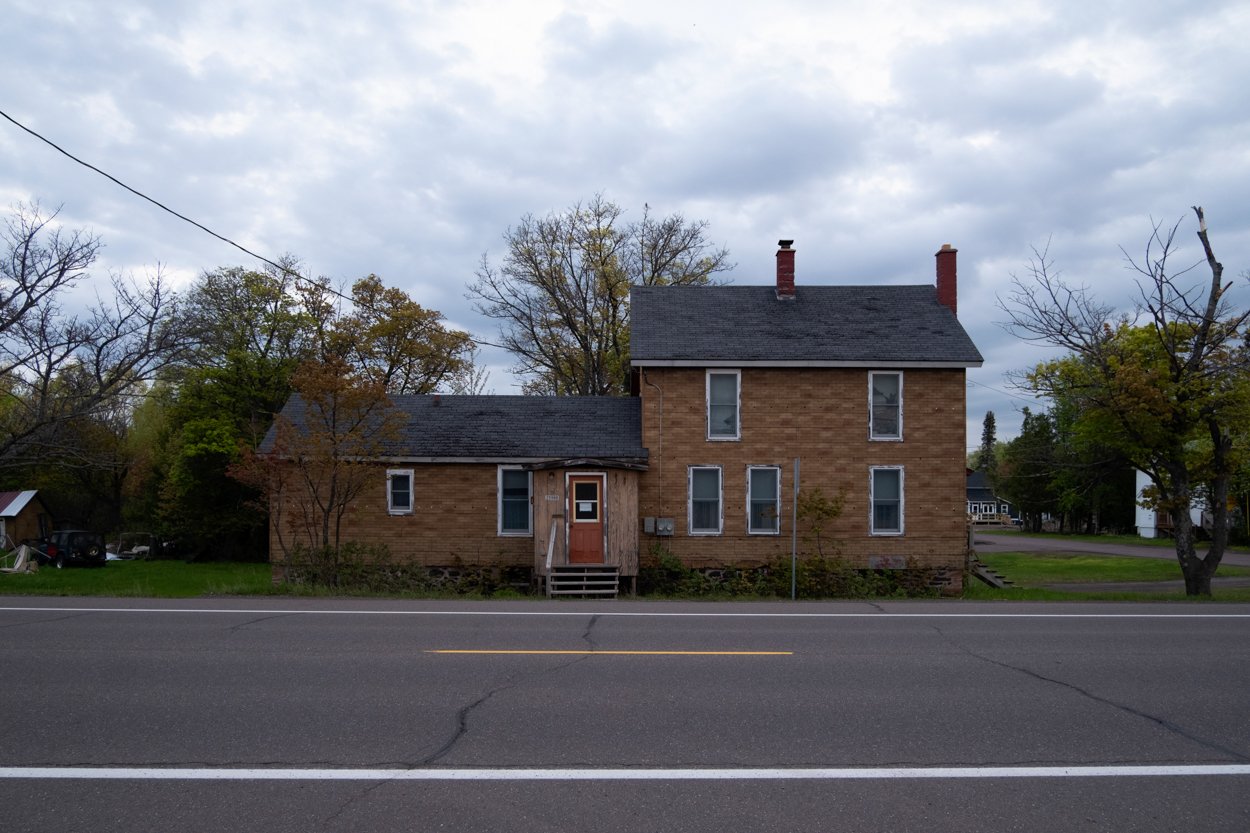
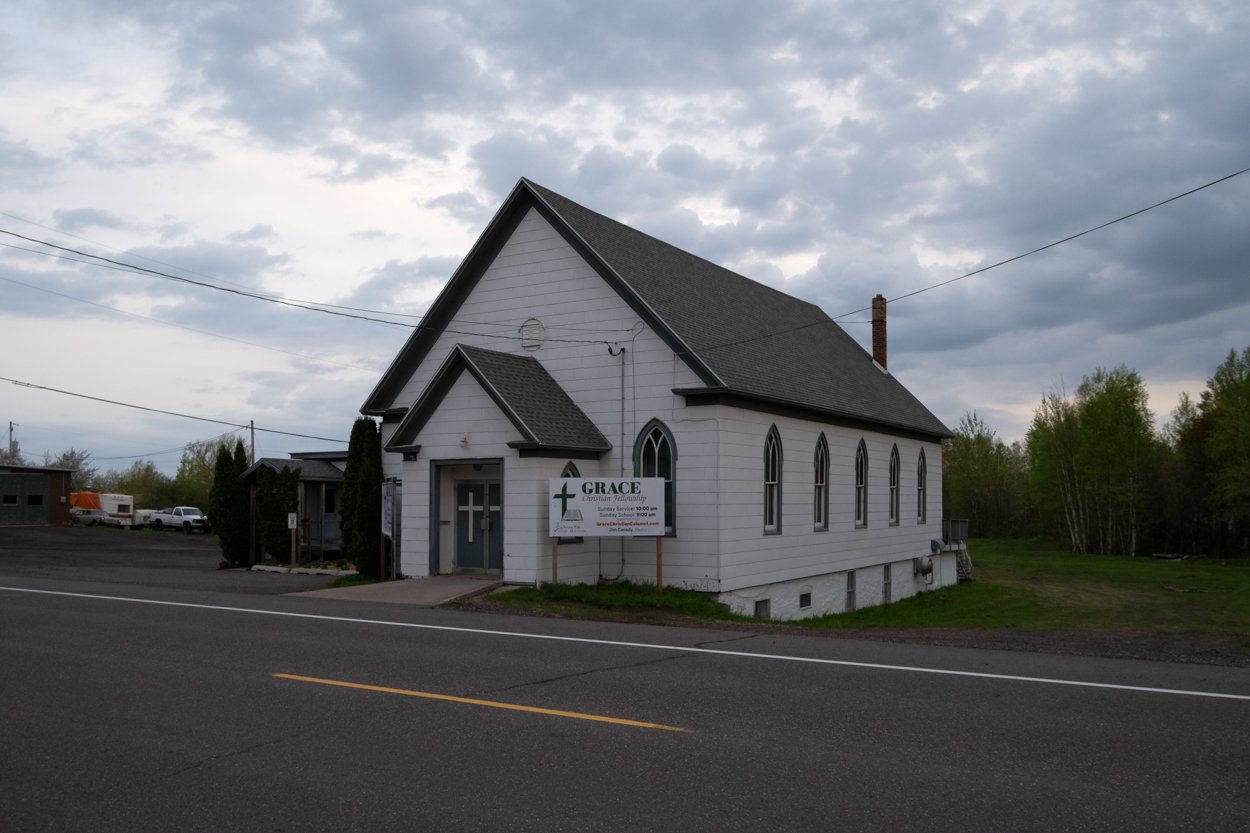
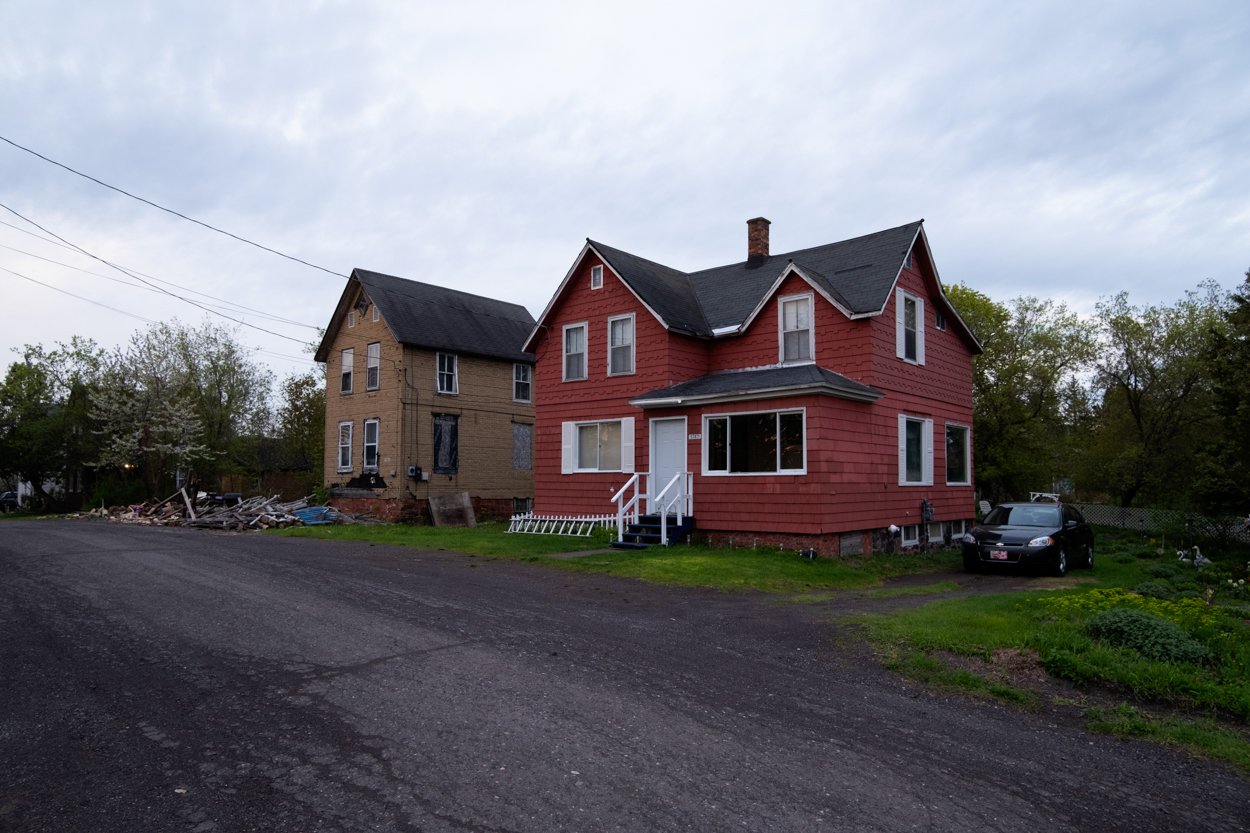
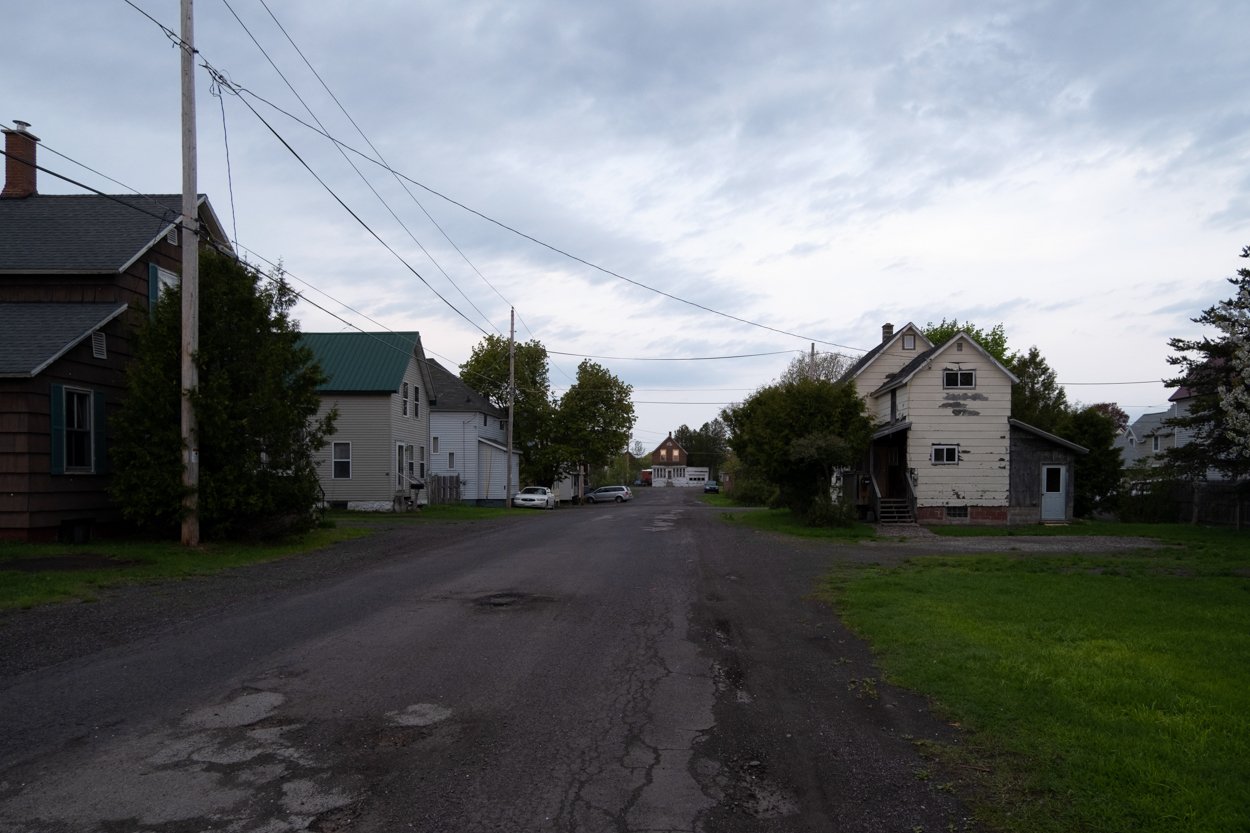
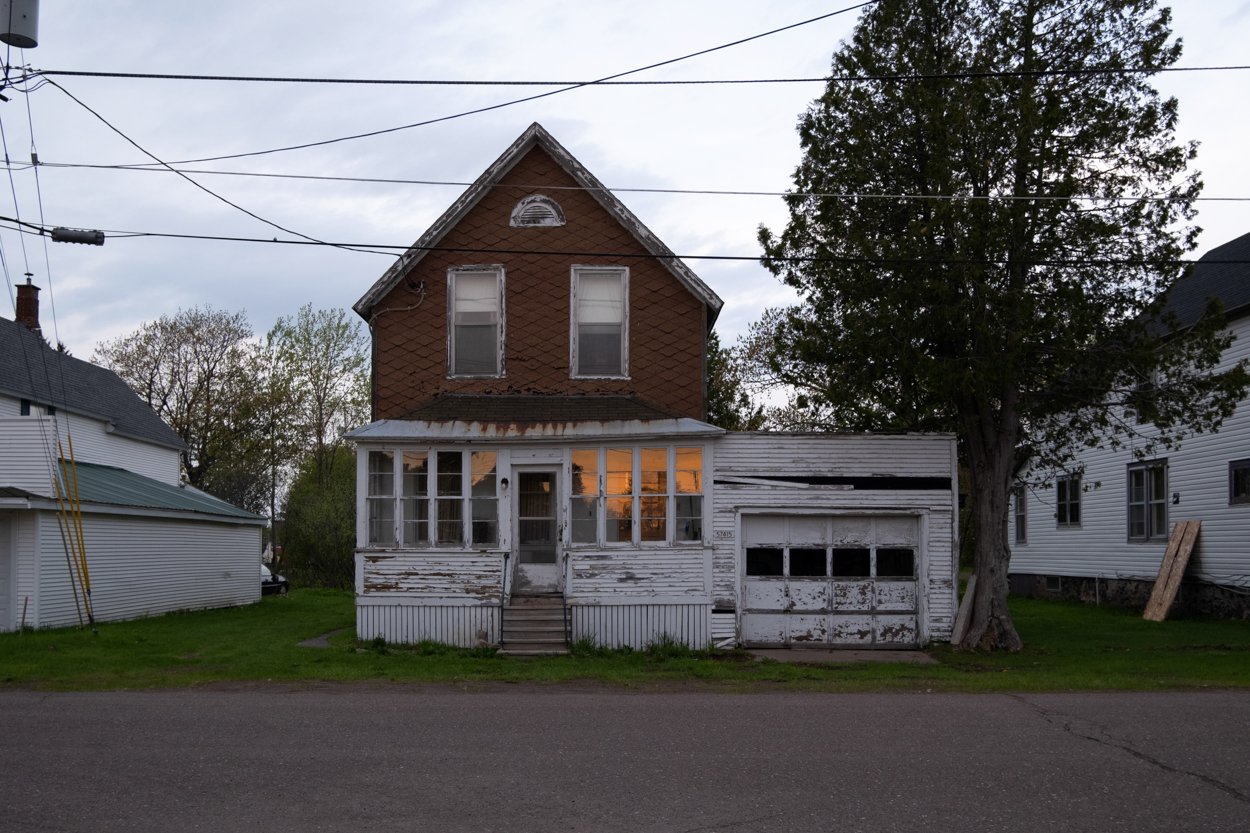
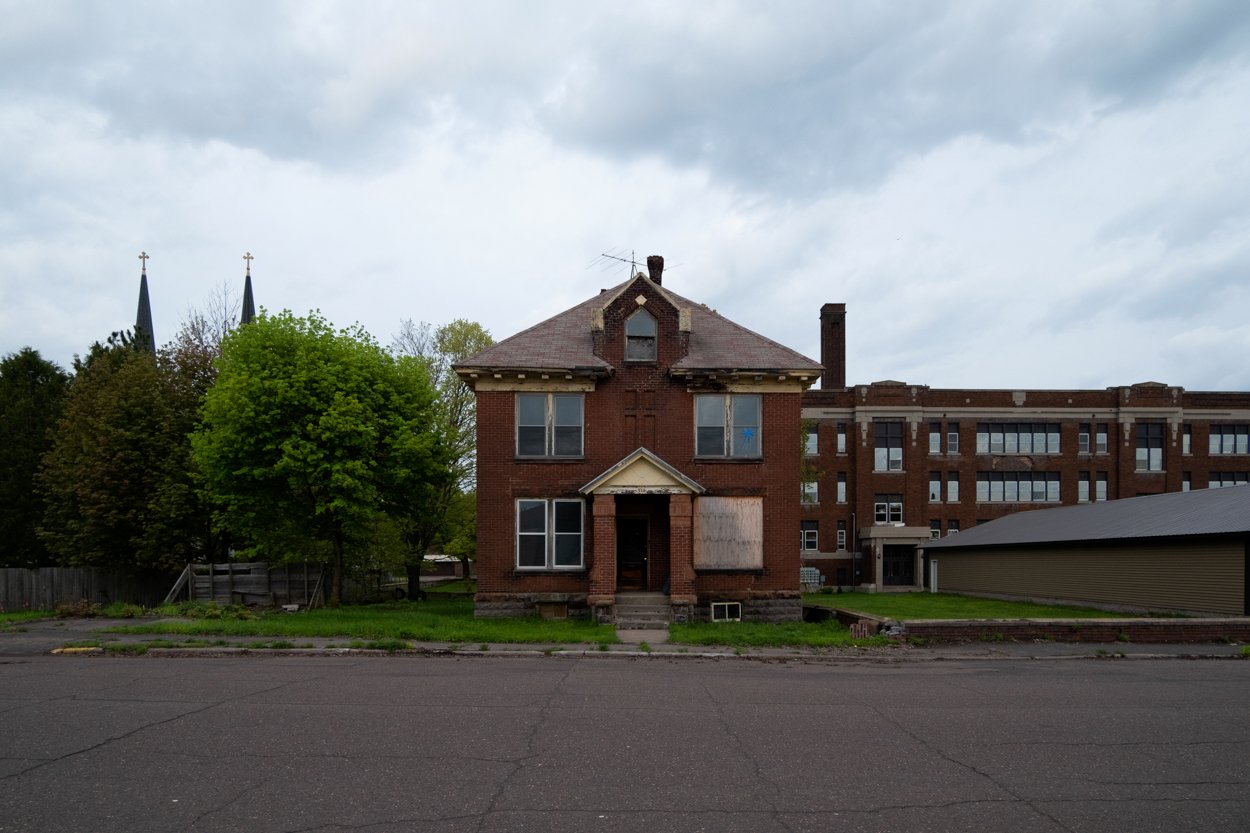
As the mining industry began to die down, so did the population of Red Jacket, which legally changed its name to Calumet in 1929. The population would fall below 2,000 people by 1930 and below 1,000 by 1990. The 2020 census lists Calumet’s population at 621 people.
A few important places in Calumet:

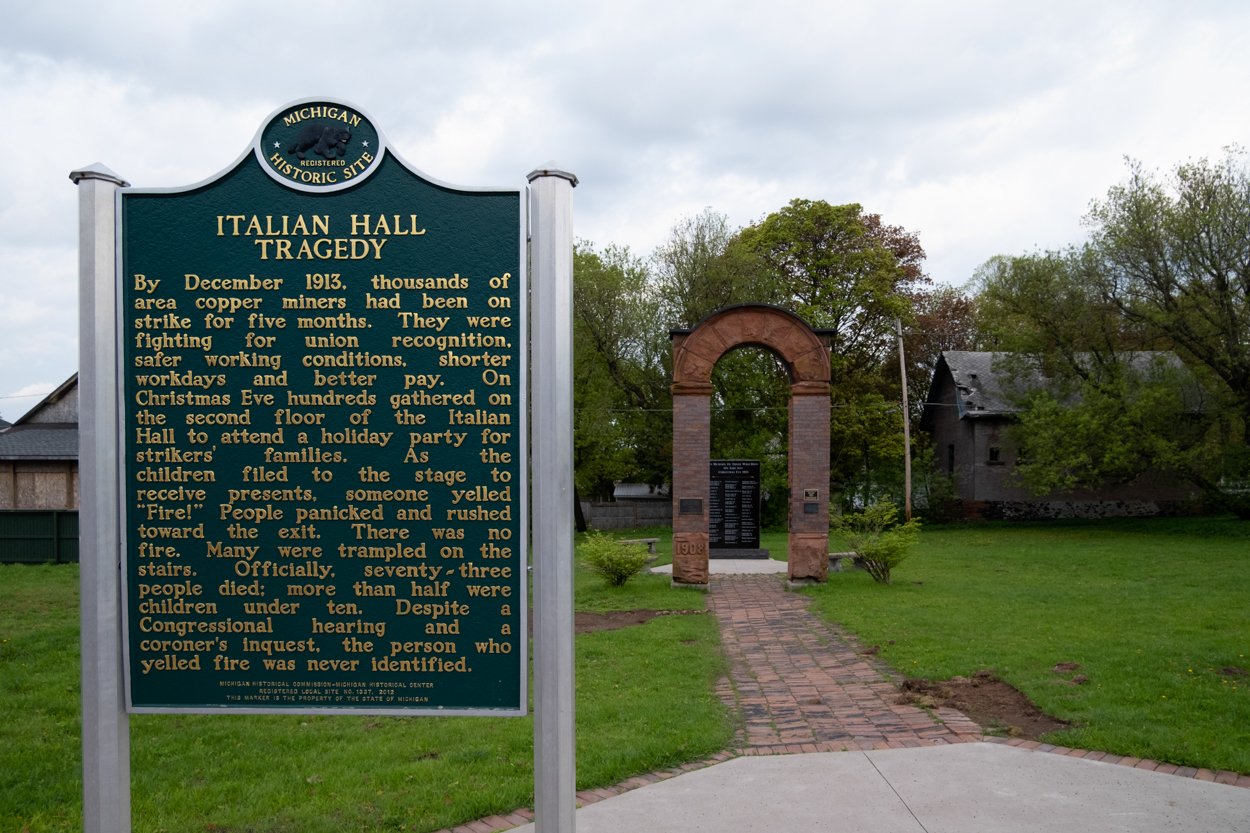
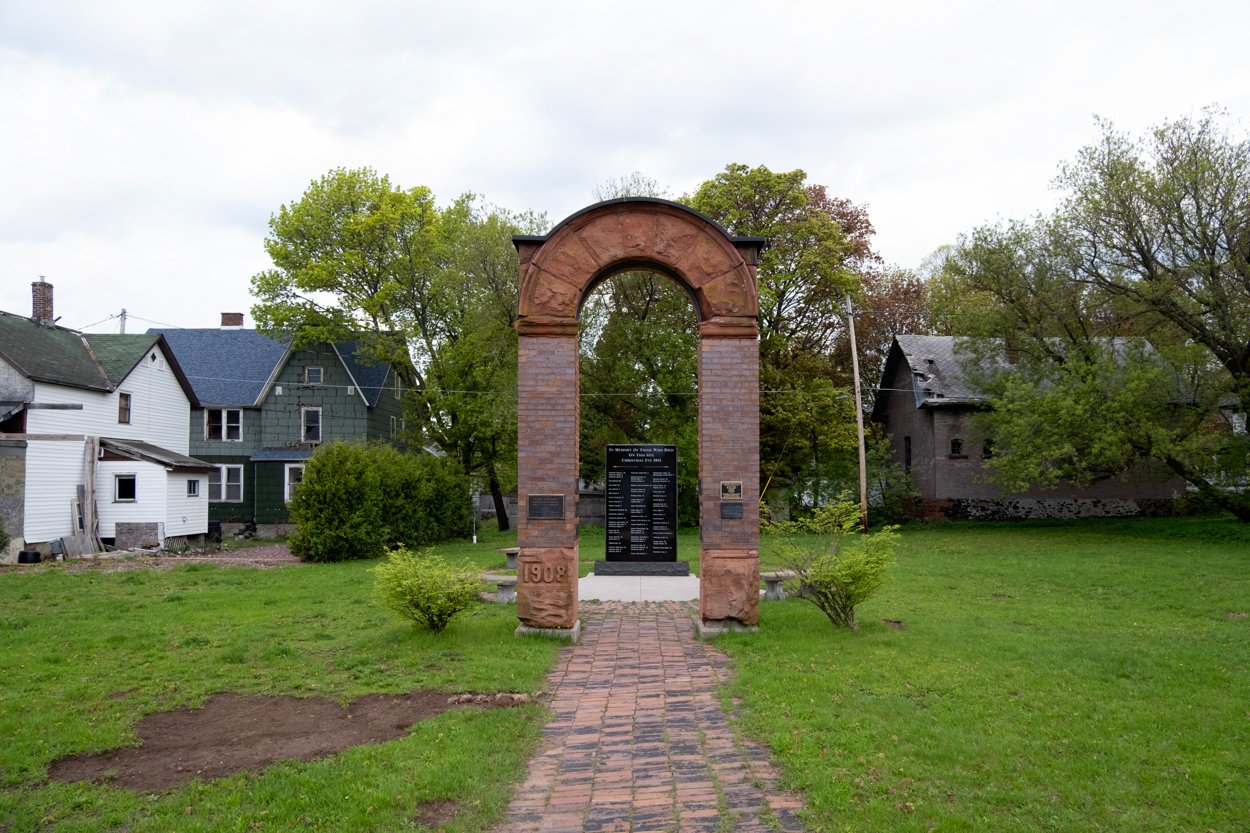
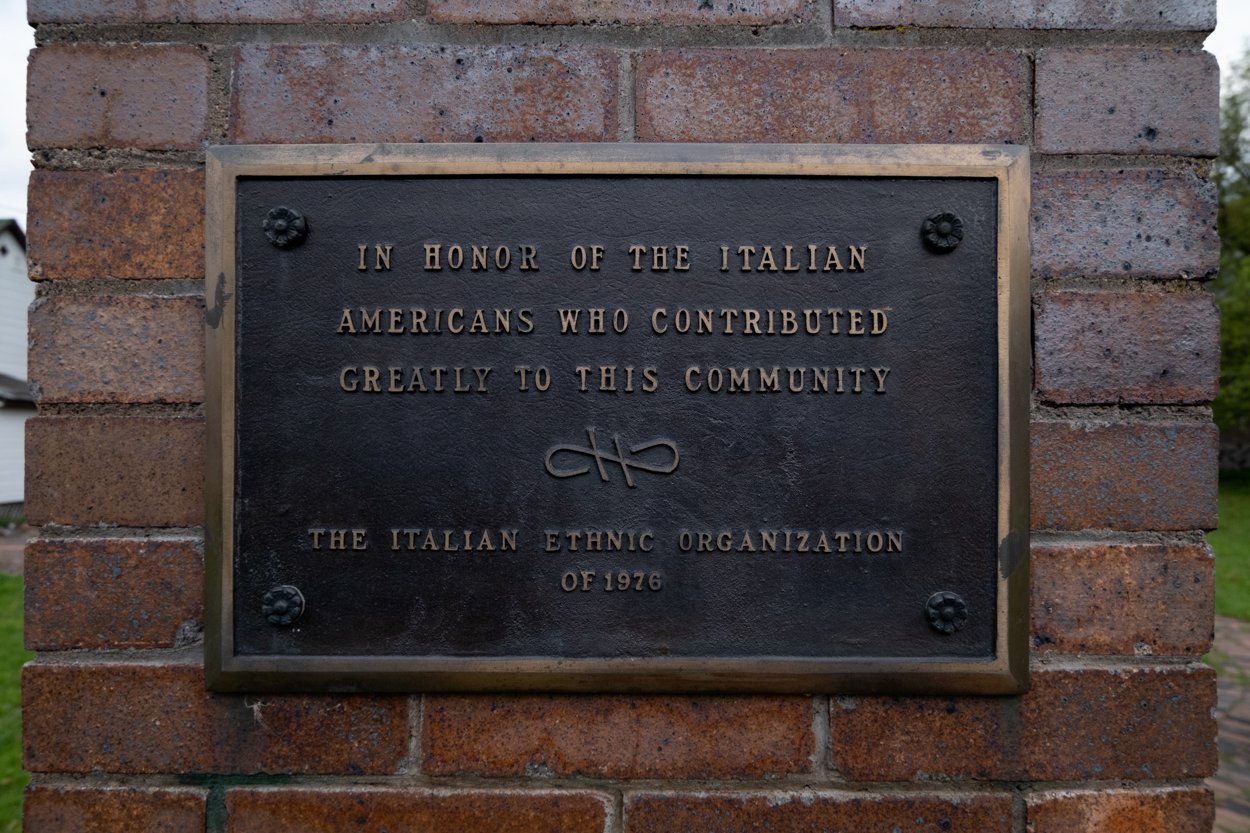
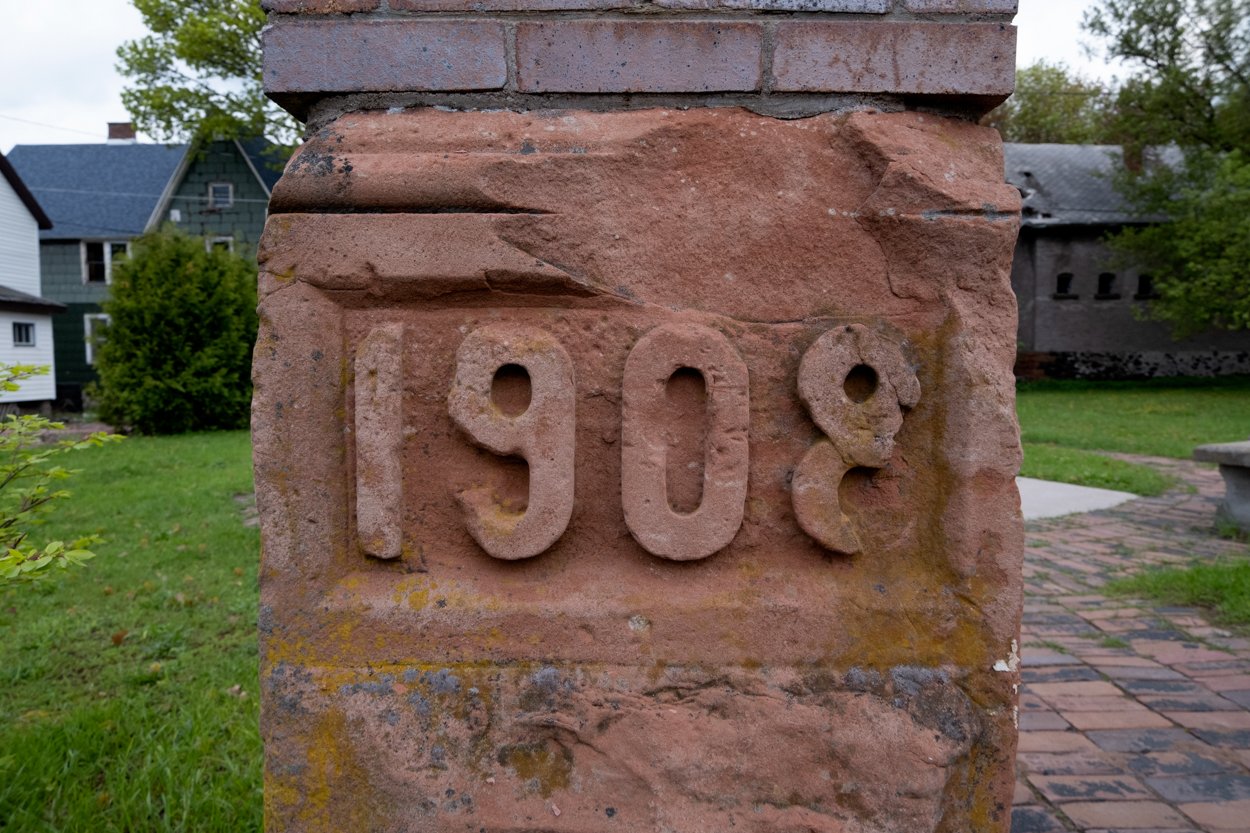
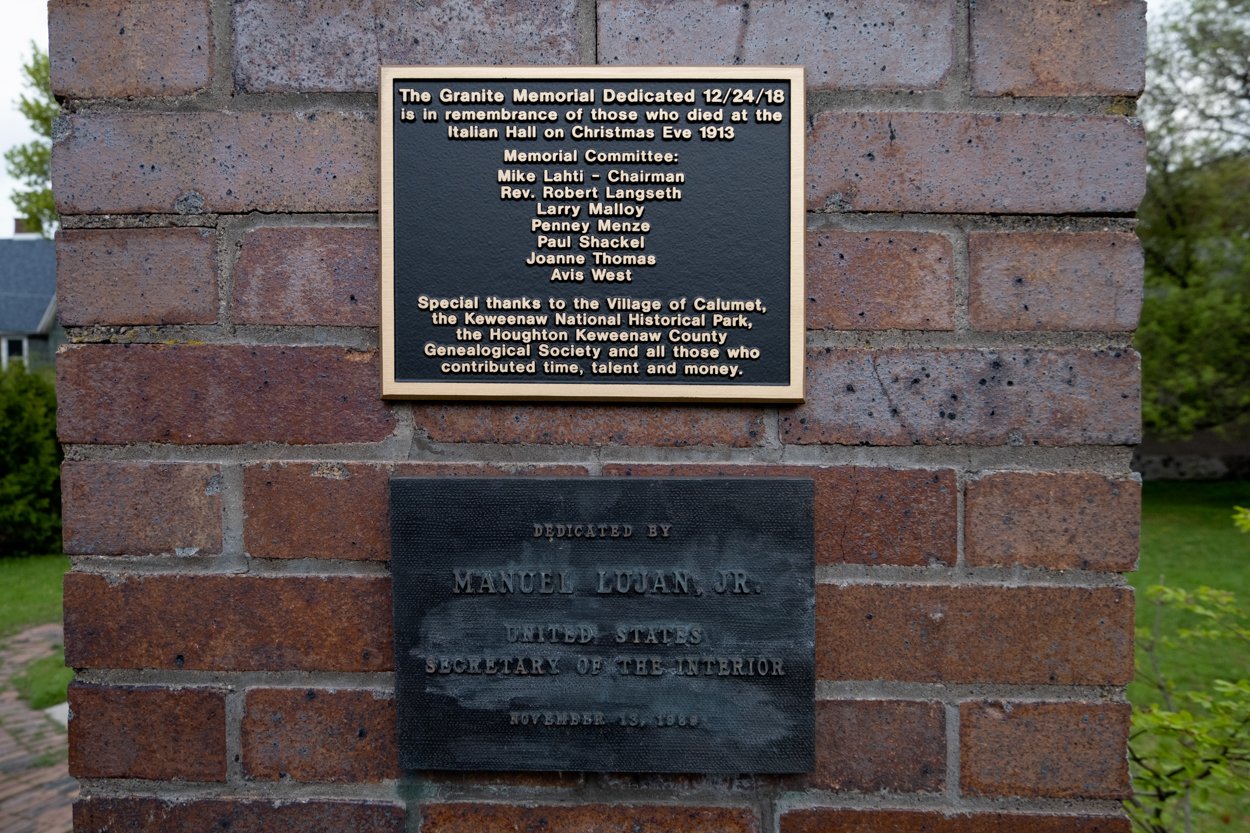
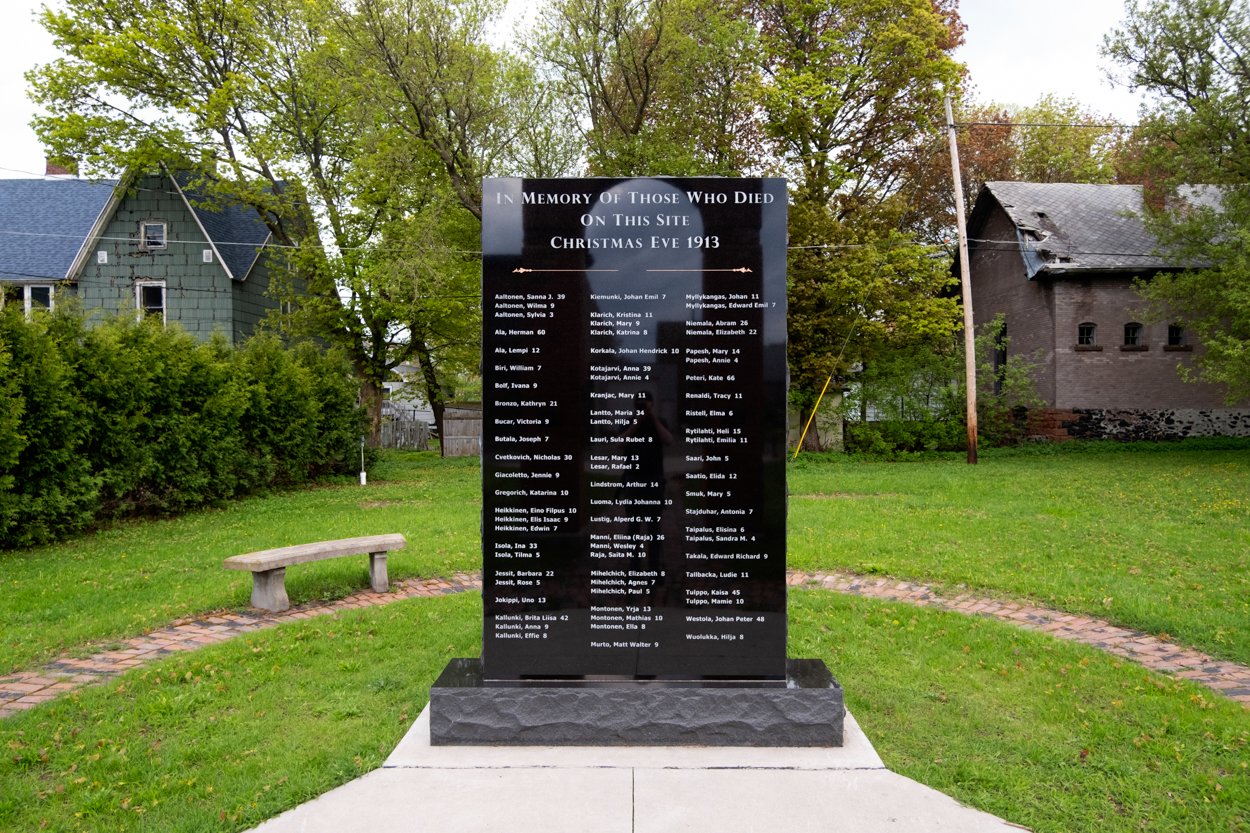
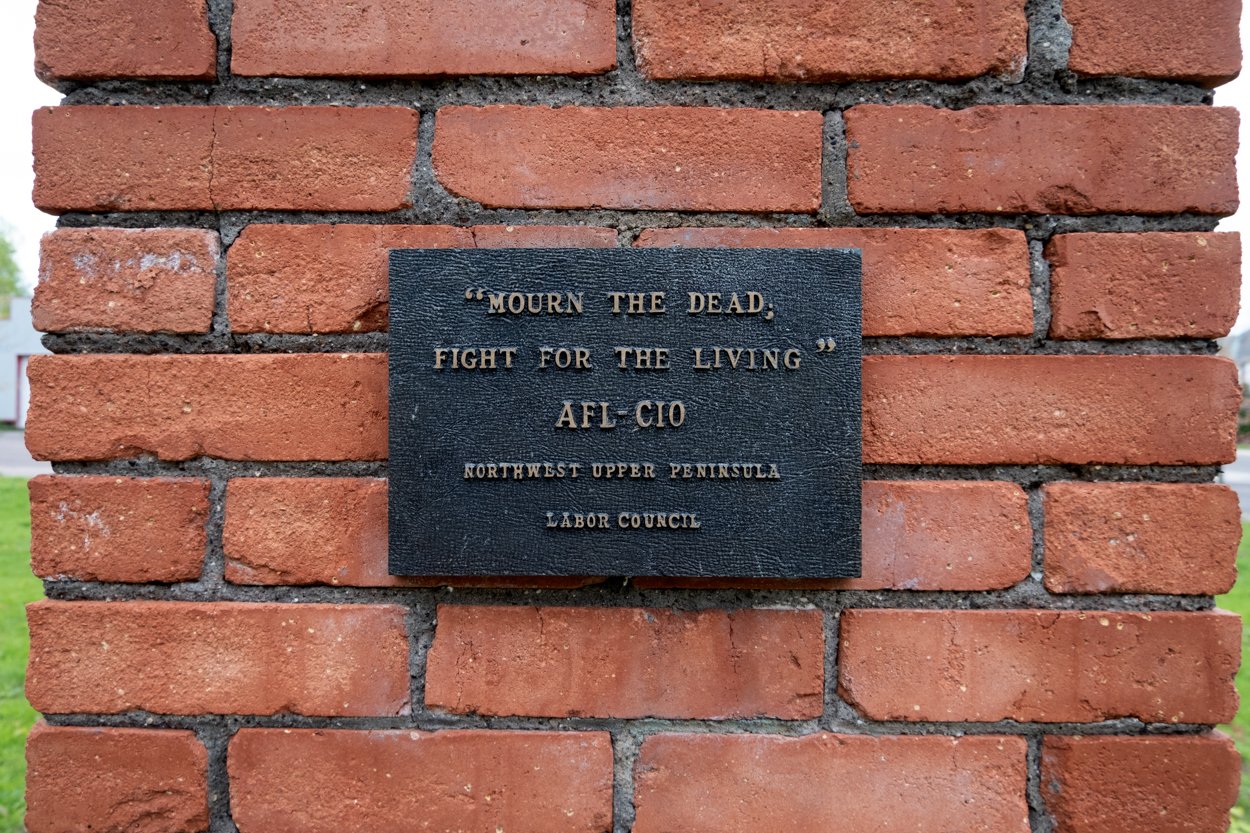
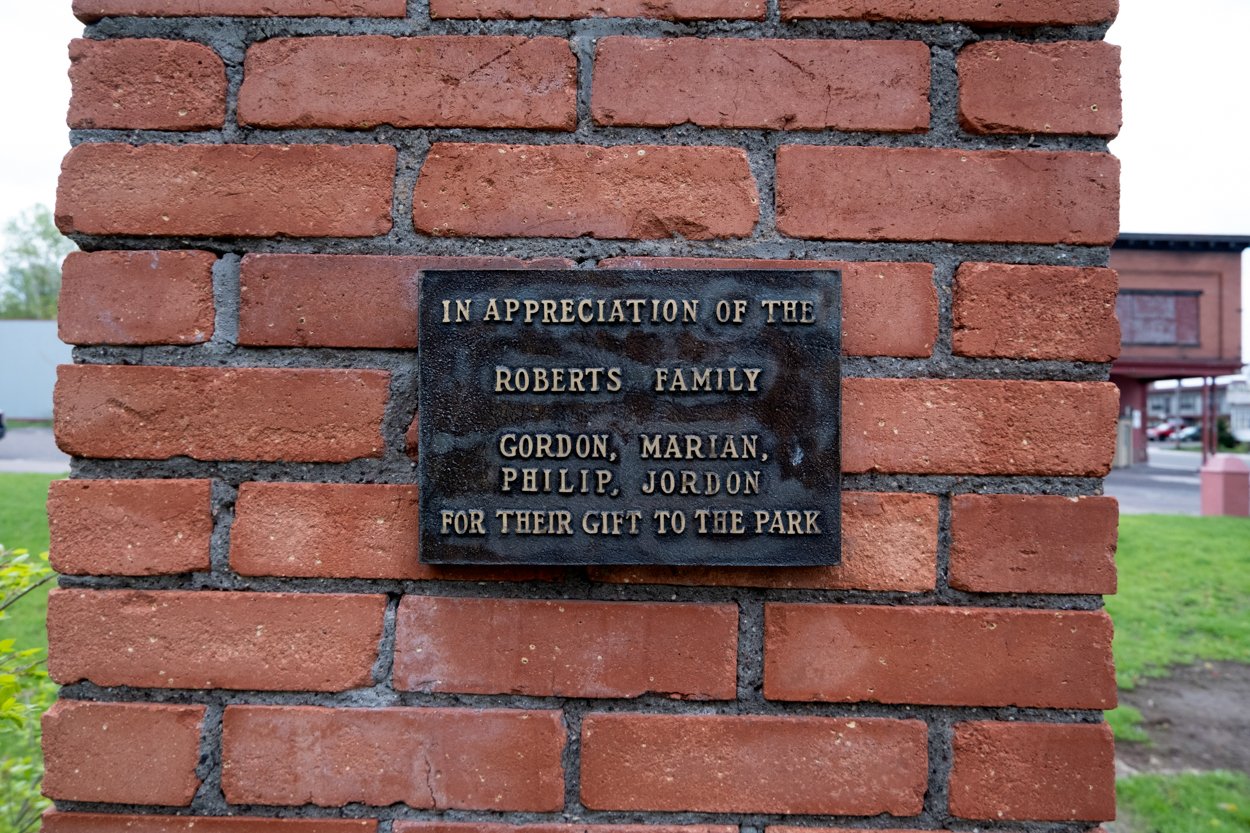
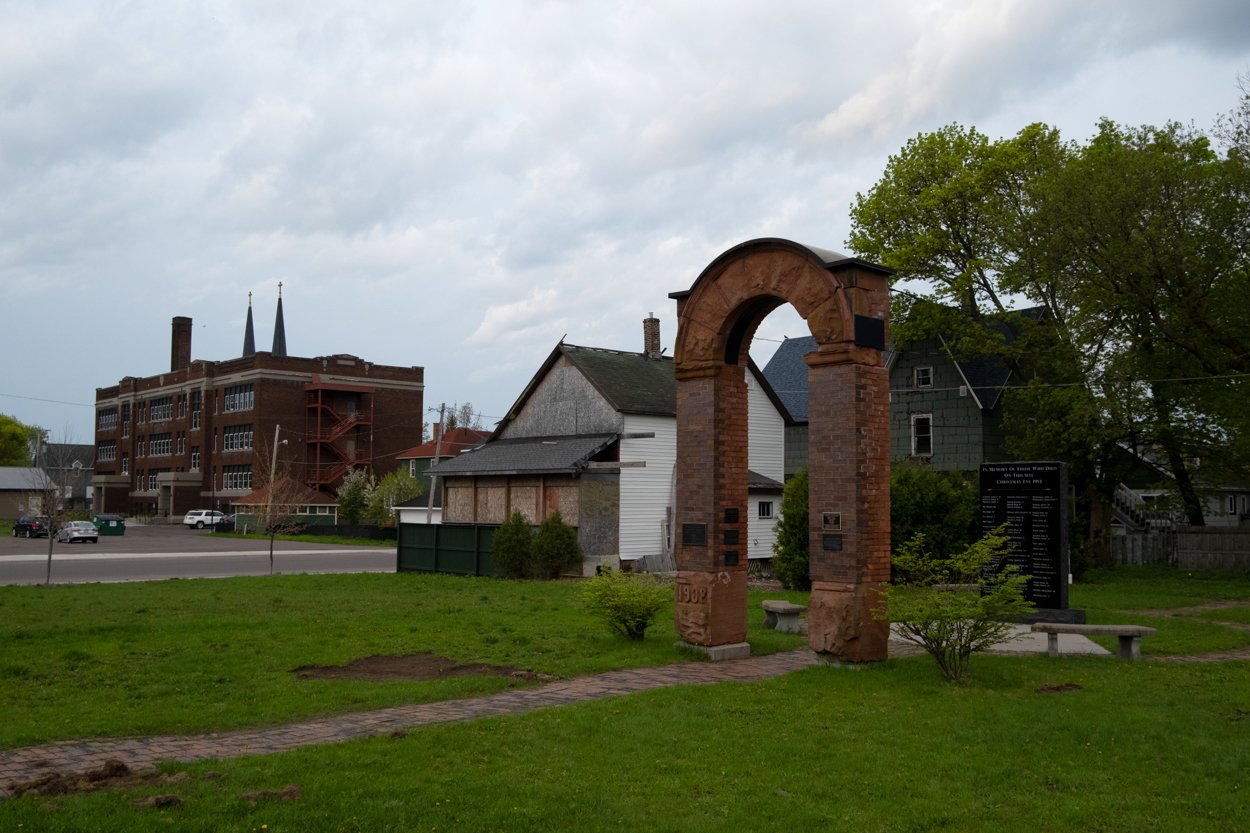
The Italian Hall was built in 1908. In 1913, there was a strike in which miners from every mine in Copper Country refused to work until companies agreed to higher pay and shorter workdays. On Christmas Eve, the Western Federation of Miners Ladies Auxilary hosted a holiday party for the striking miners.
At some point, an unidentified person yelled “Fire,” causing panic. In a rush for the door, 73 people were trampled and died, most of whom were women and children. Eyewitnesses say that the man who yelled fire was a scab, or anti-union thug, but the investigation never determined who the man was.
To the dismay of local and national historians alike, the Italian Hall was demolished in October of 1984. With the Keweenaw National Historical Park coming along eight years later, it isn’t crazy to think that it may have been saved if it could have lasted a decade longer.
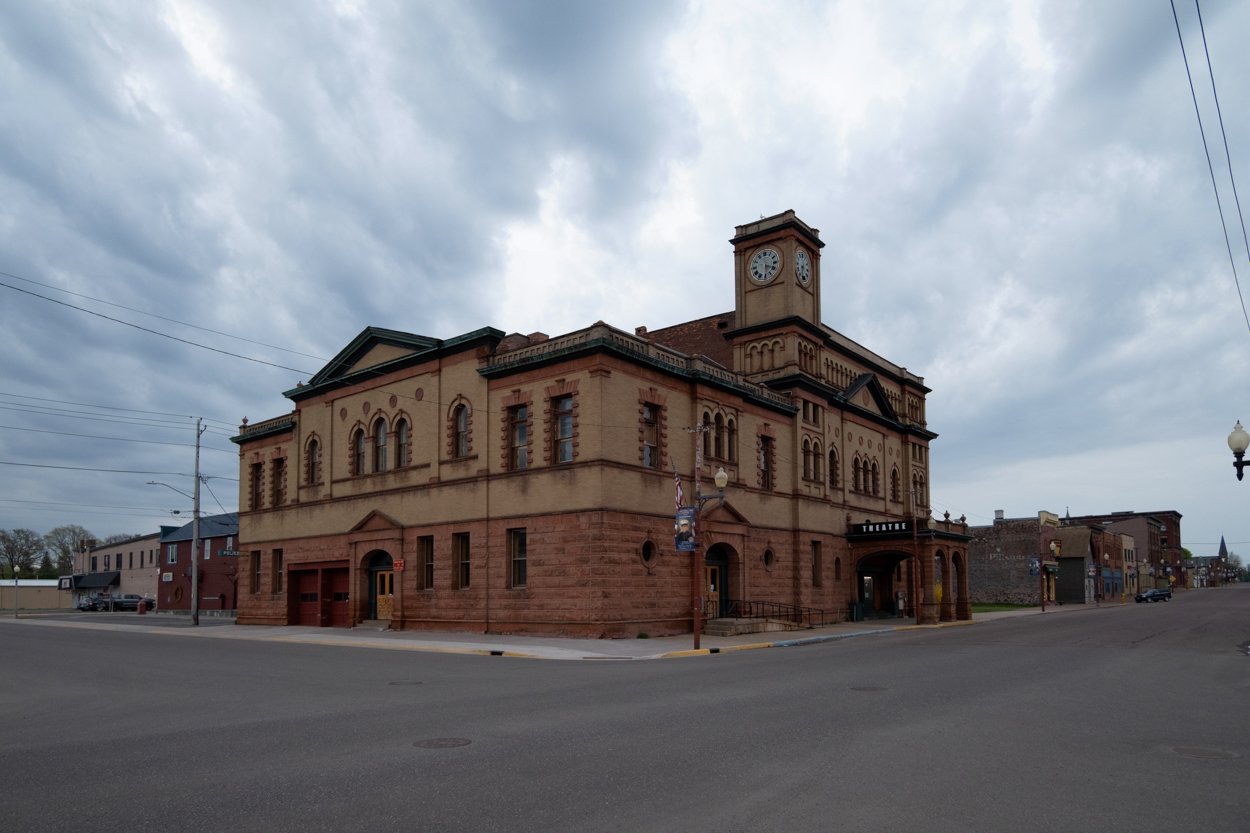
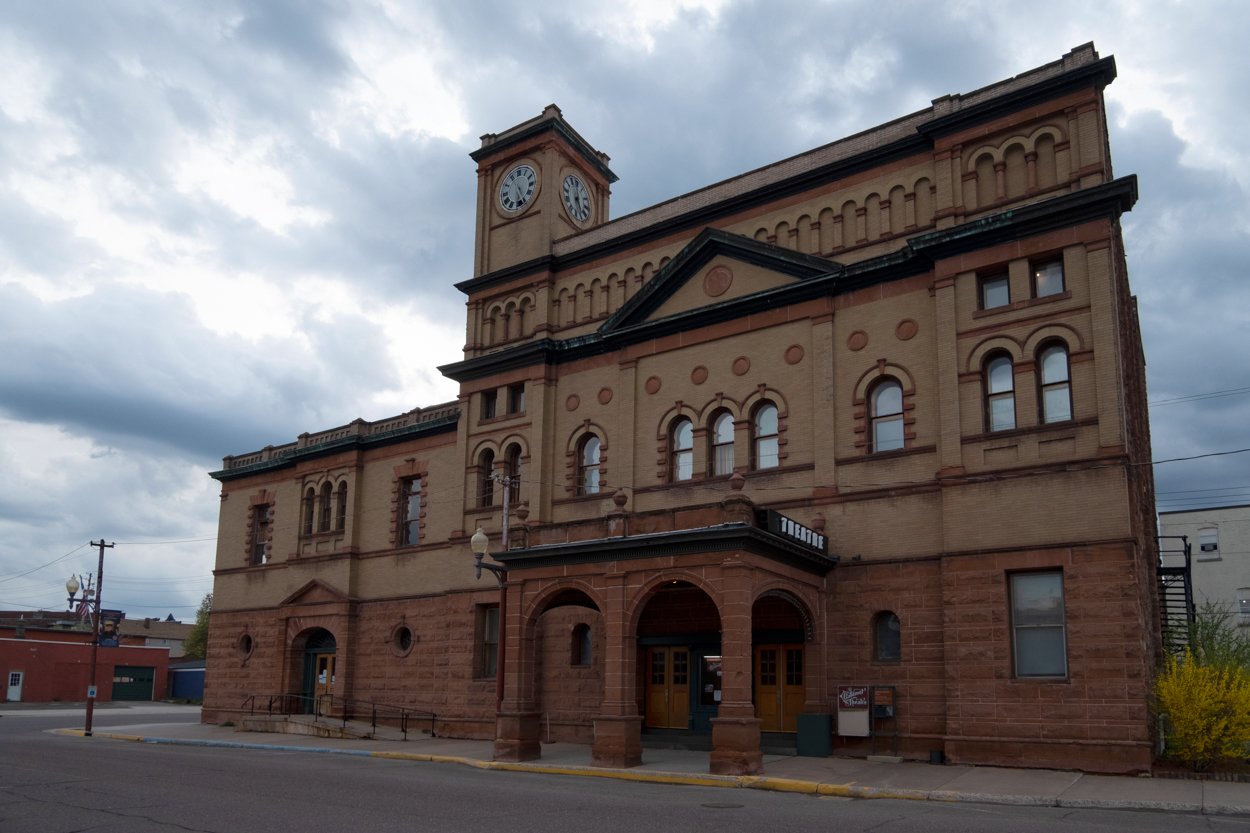
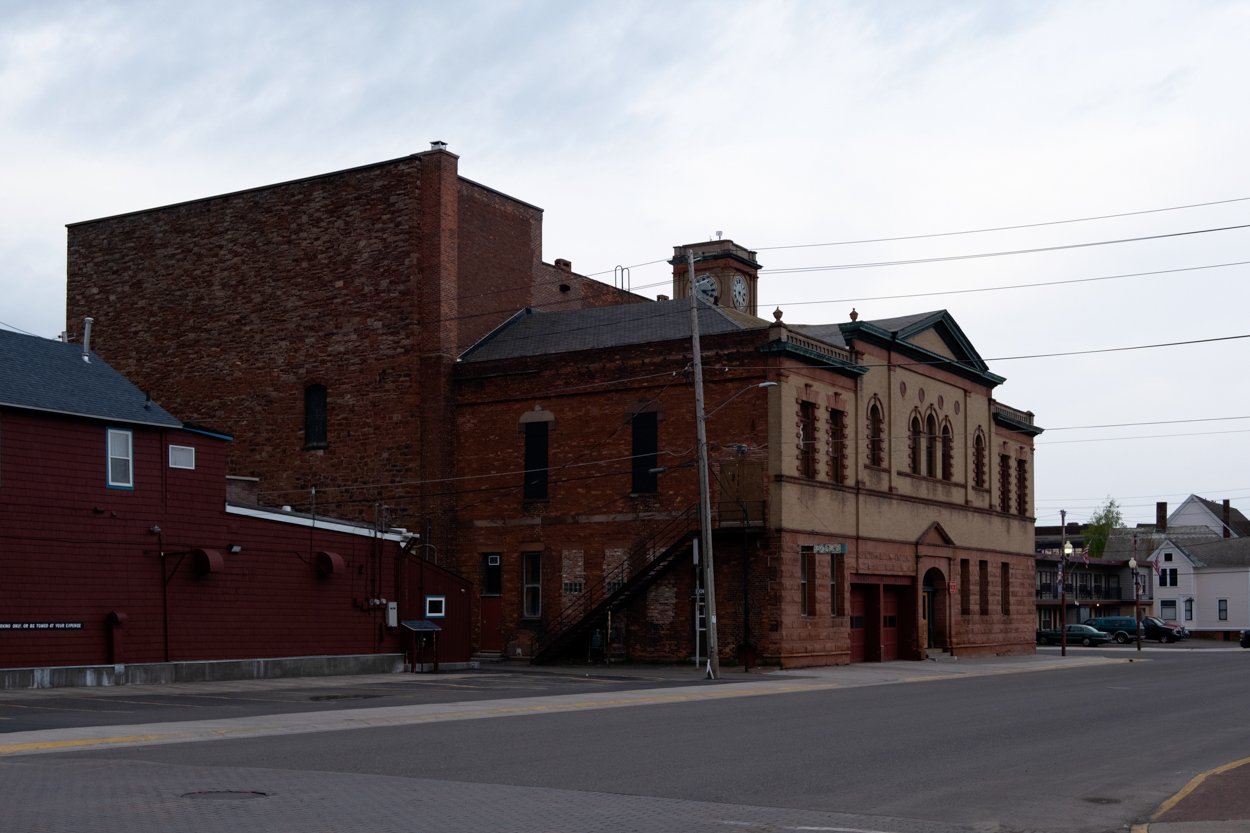
The opulence of the Calumet Theatre, which opened in 1900, was a testament to the prosperity the village of Red Jacket saw at the turn of the century. As the population of Calumet declined, so did the theatre’s patronage. In 1983, a non-profit called the Calumet Theatre Company began operating the building, and today, some 60 shows take place there each year.
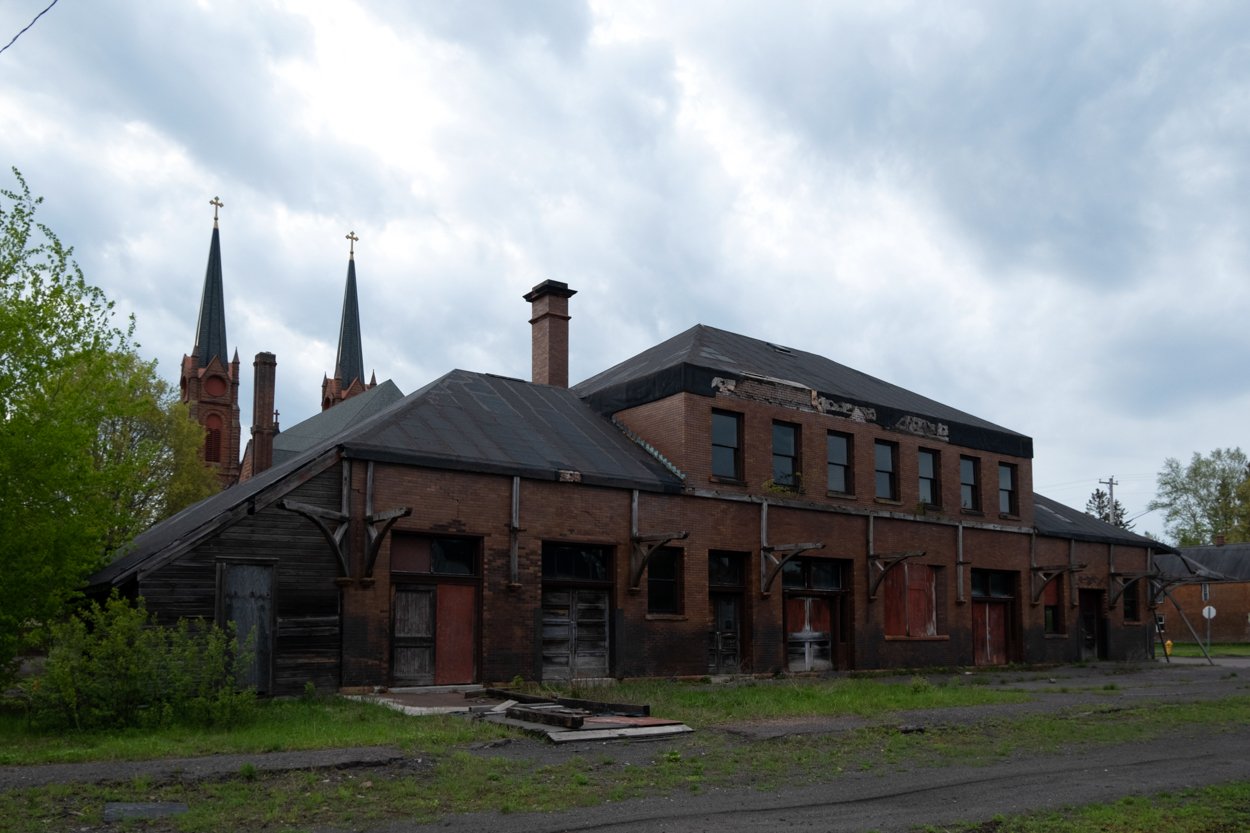
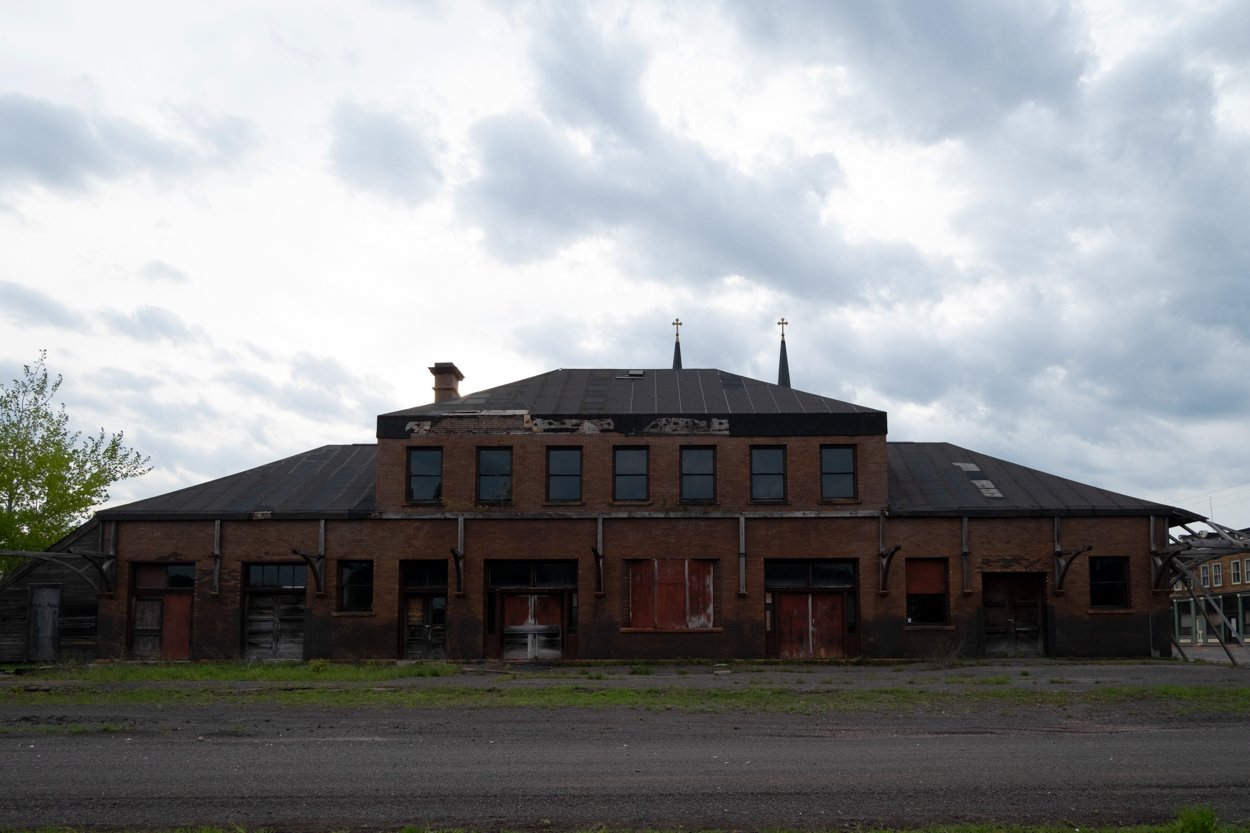
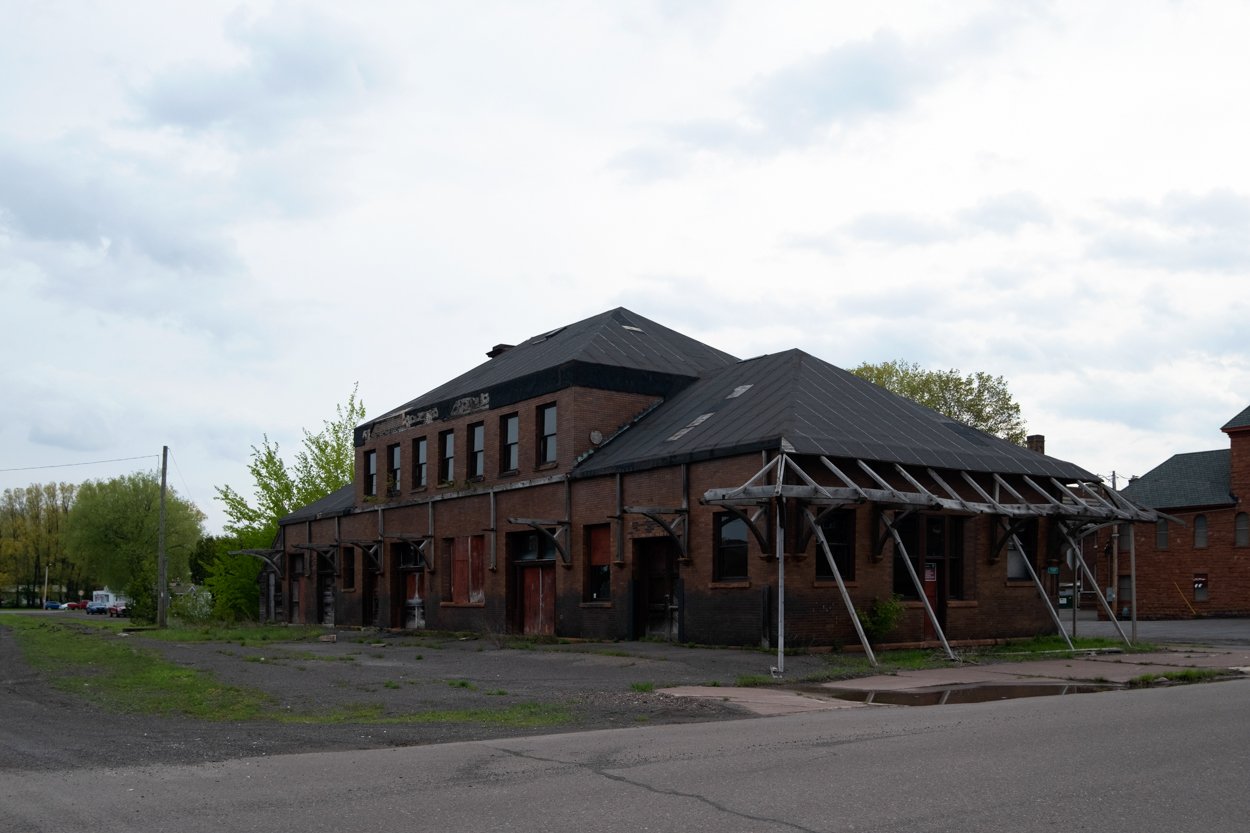
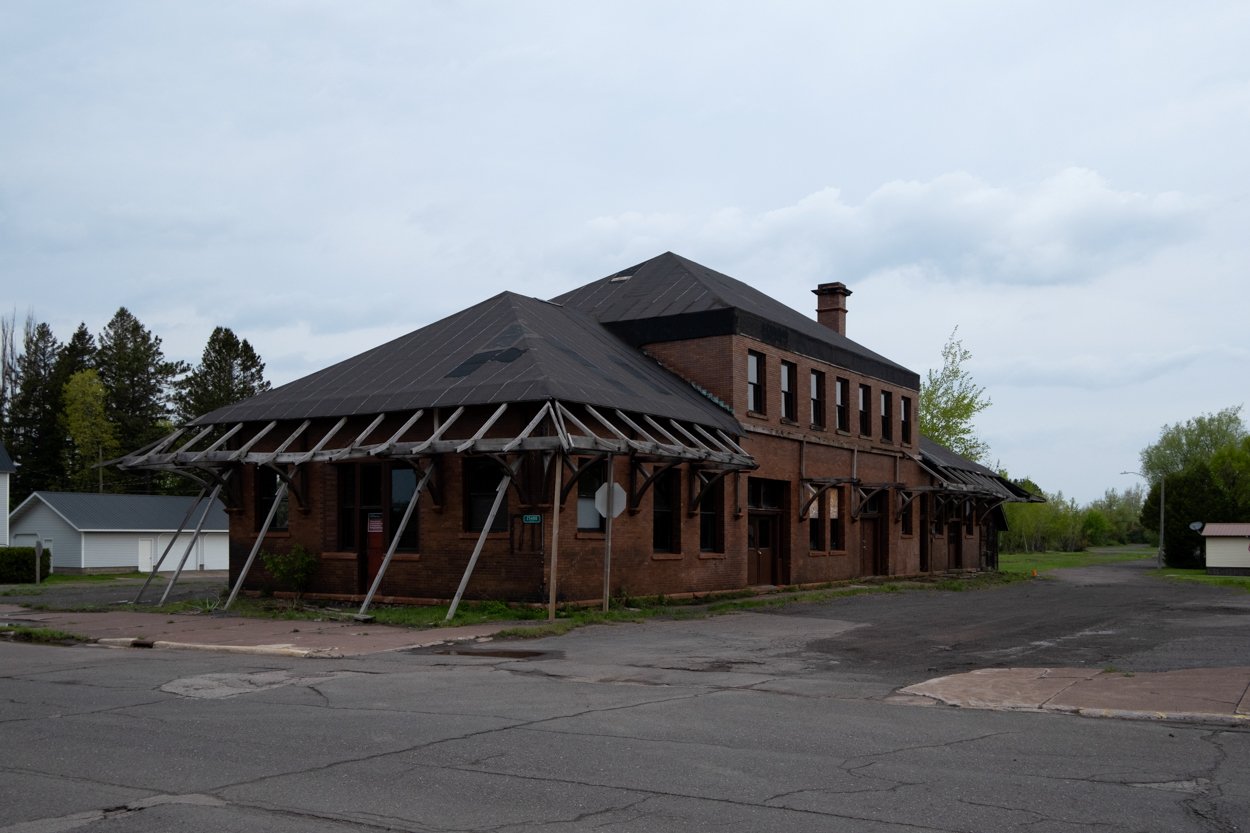
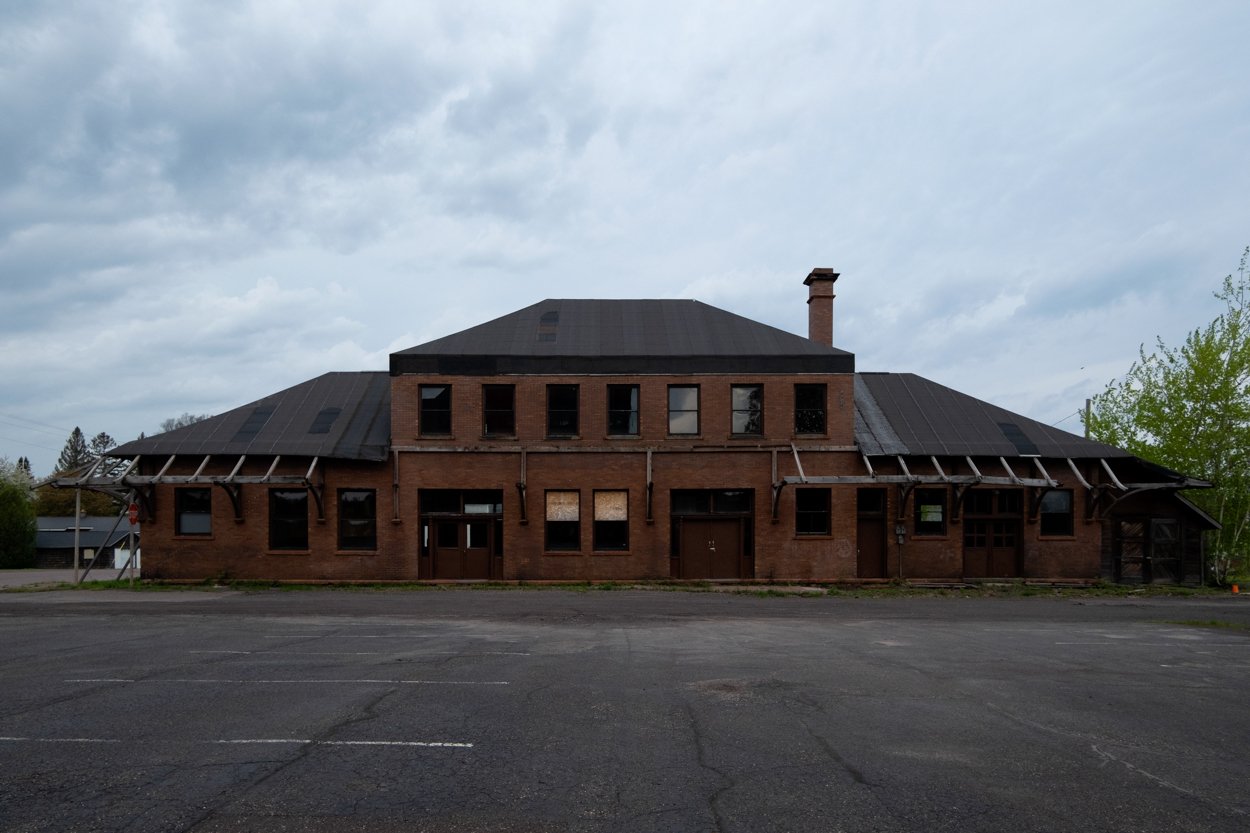
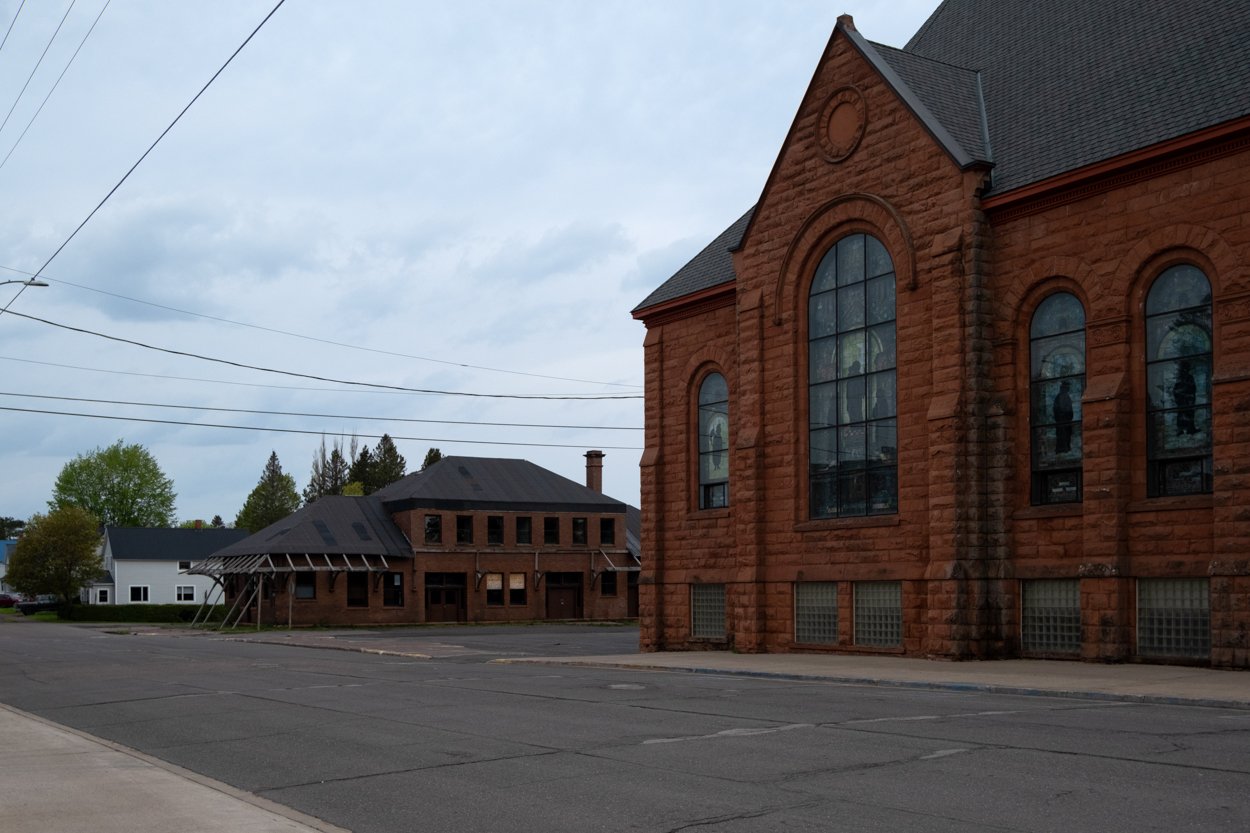
The Mineral Range Depot, or Calumet Depot, was built in 1908 to replace an older structure on the same site. Although the mining boom was already over by the time it was completed, the depot saw generations of residents arrive and depart from the Keweenaw, searching for a better future. In 2017, Calumet Township acquired the tattered property with hopes of renovating it, although not much work has been done since then.
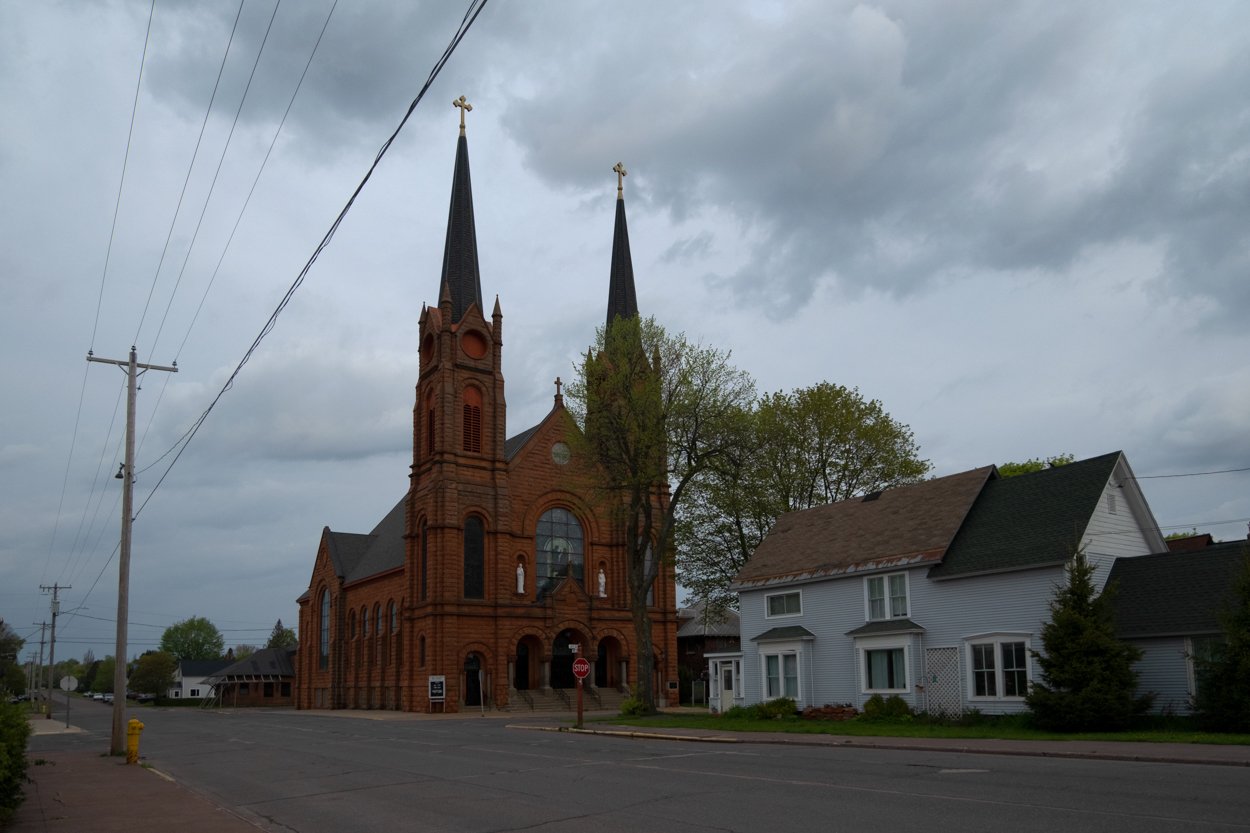
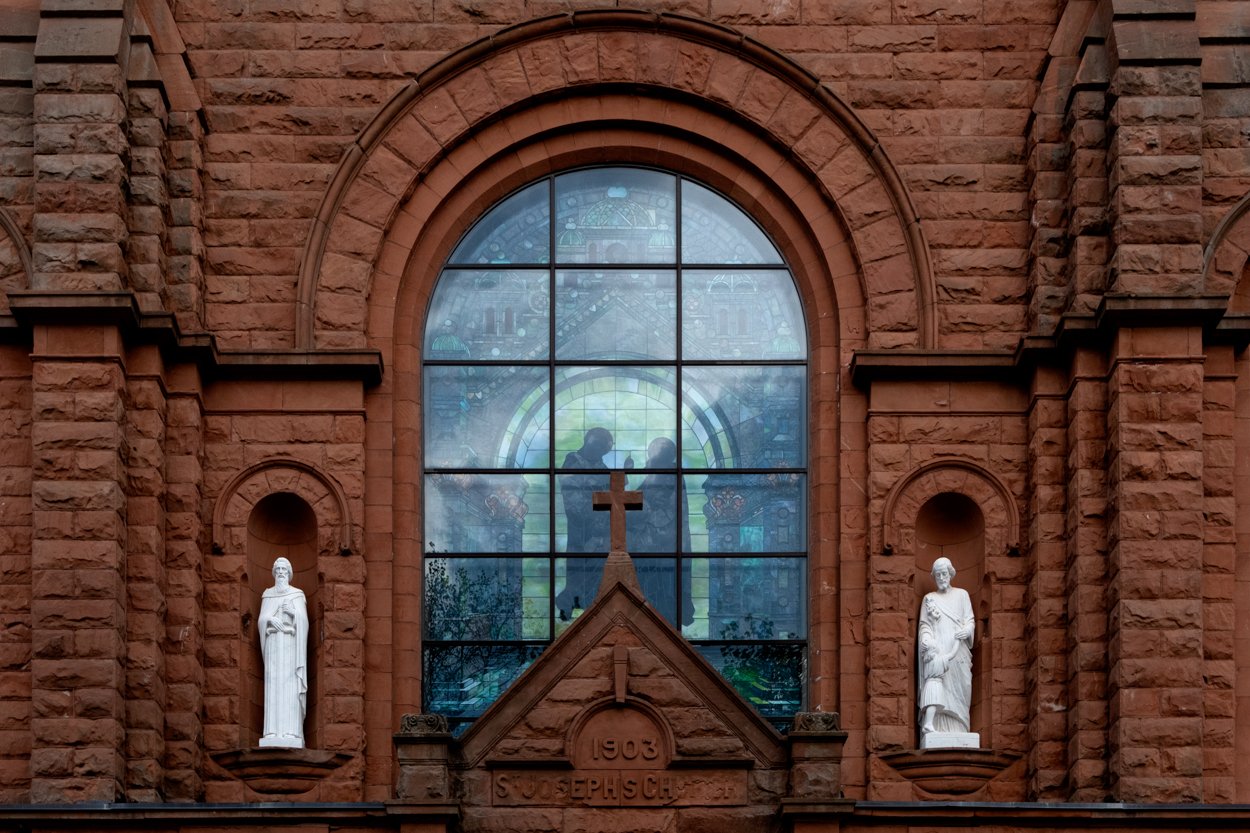
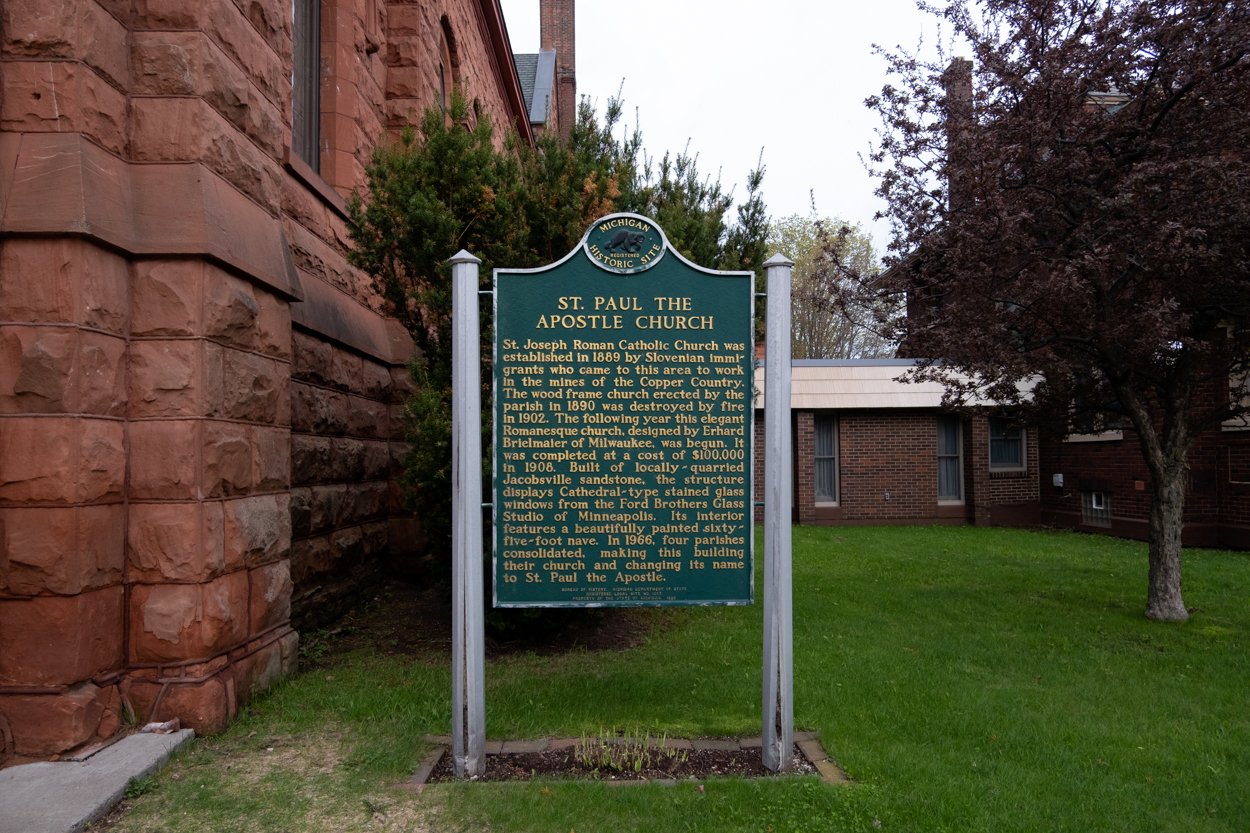
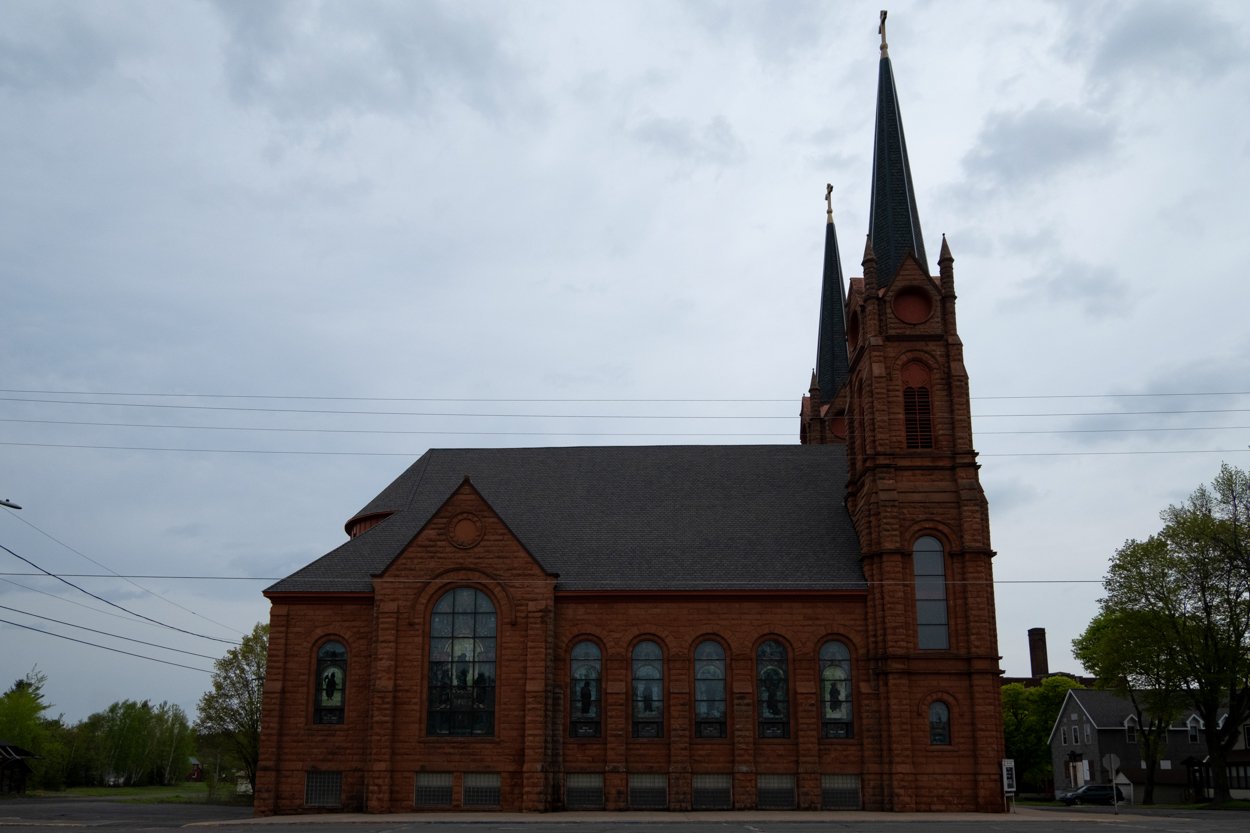
The cornerstone for St. Joseph’s Catholic Church was laid in 1903, but the building wouldn’t be complete until 1908. The parish served Calumet’s Slovenian population until 1966 when it combined with three other local churches and was renamed St. Paul the Apostle Church.
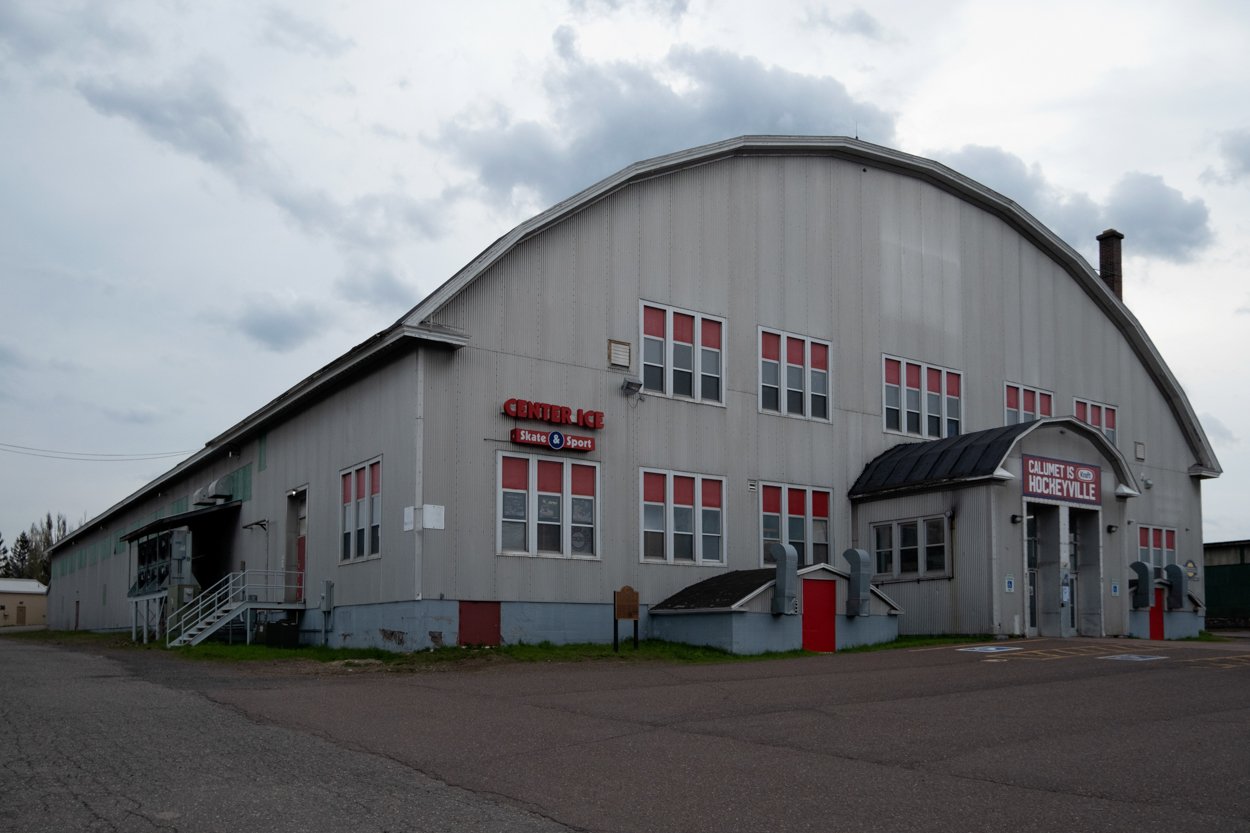
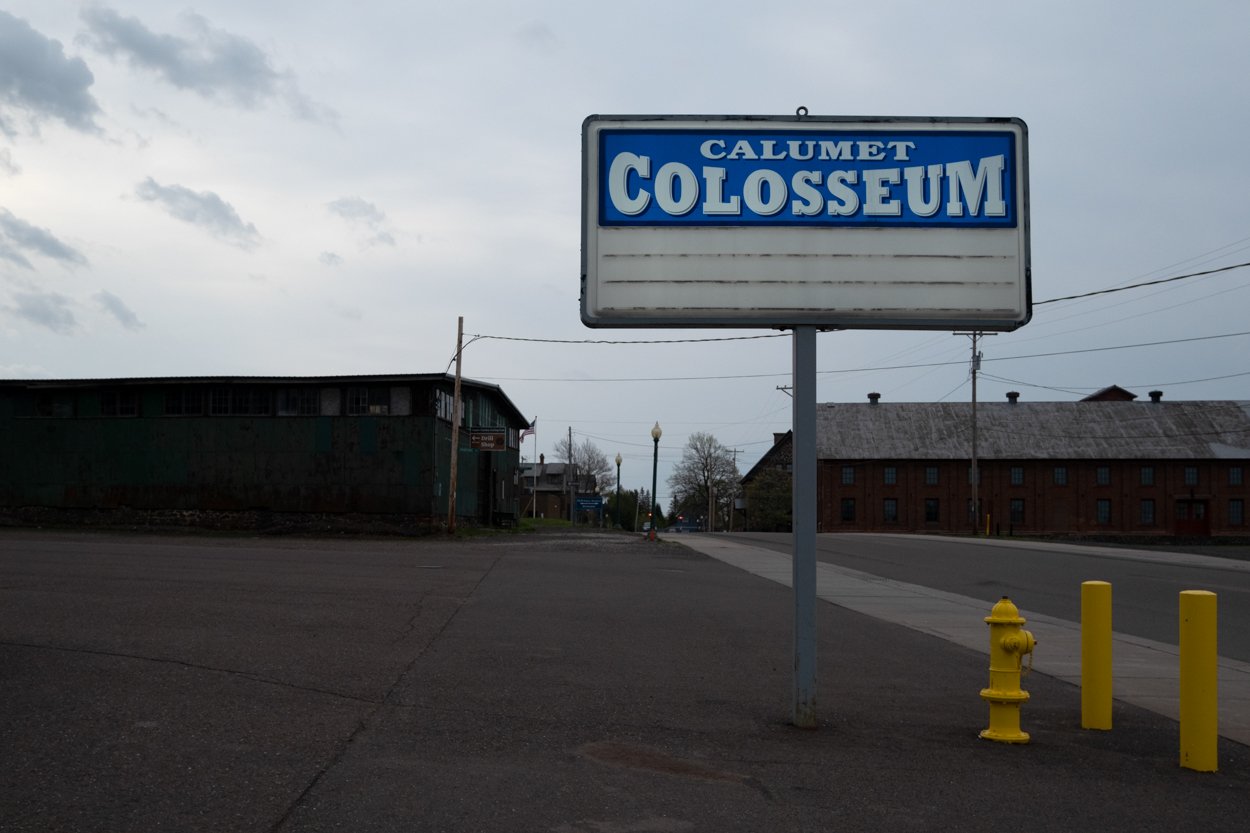
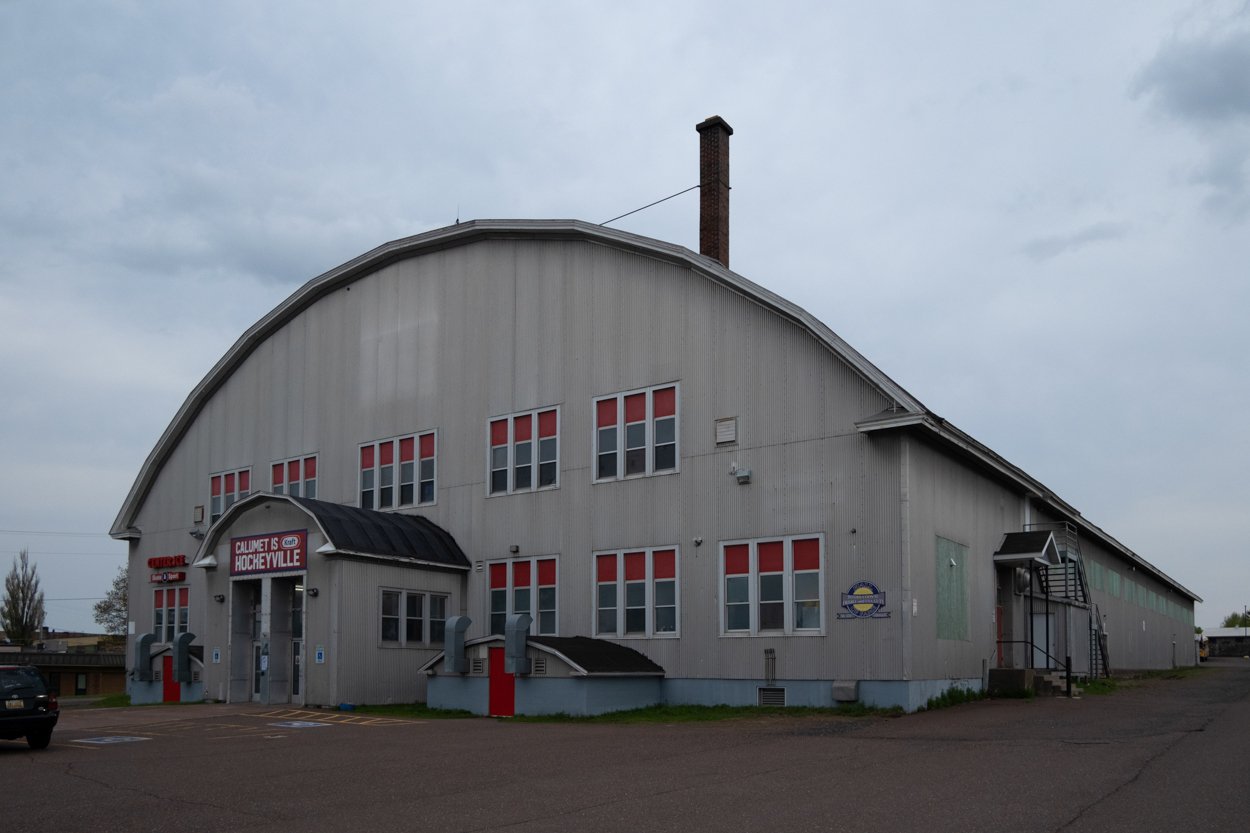
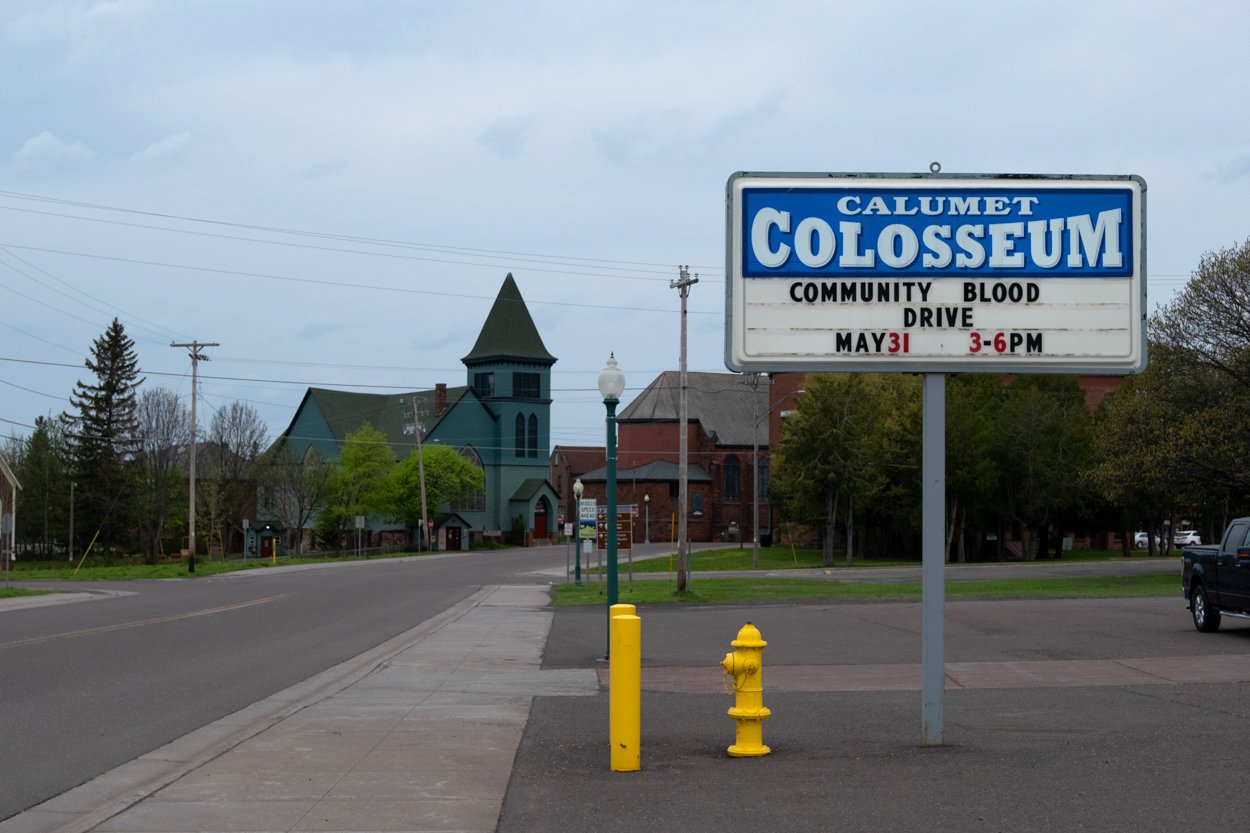
The Calumet Colosseum is North America's oldest operating continuous-use ice rink and has been operational since 1914. After a stint as Calumet’s Armory, the Colosseum was converted back into a public arena and hosted a match between the Detroit Red Wings and St. Louis Blues in 2019.
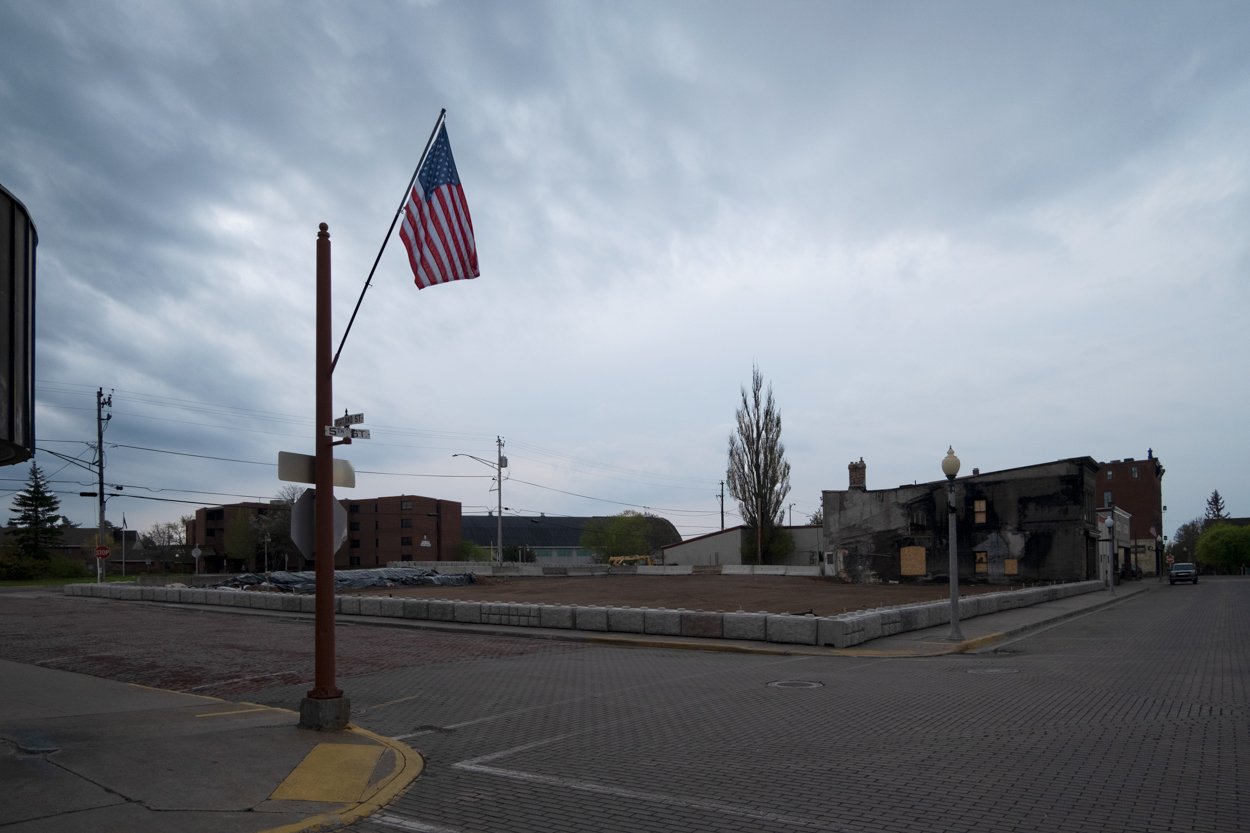
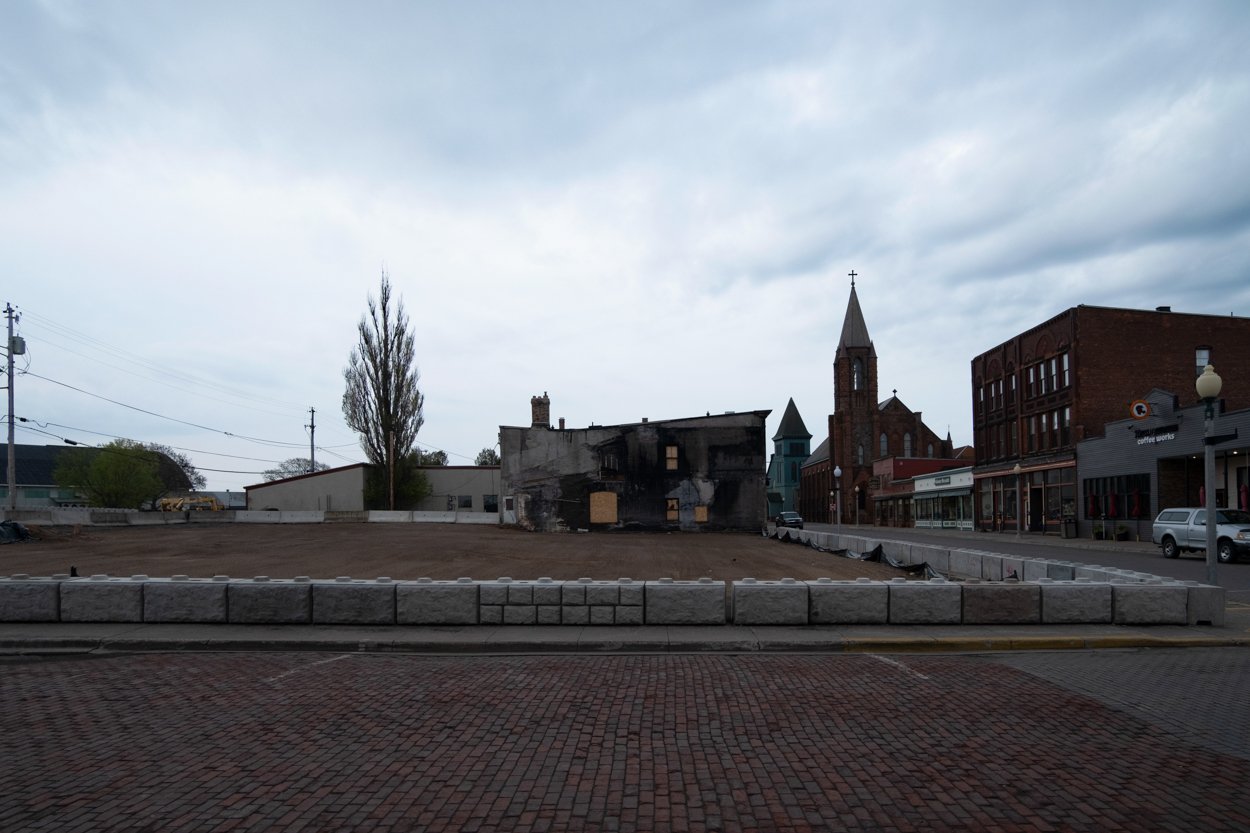
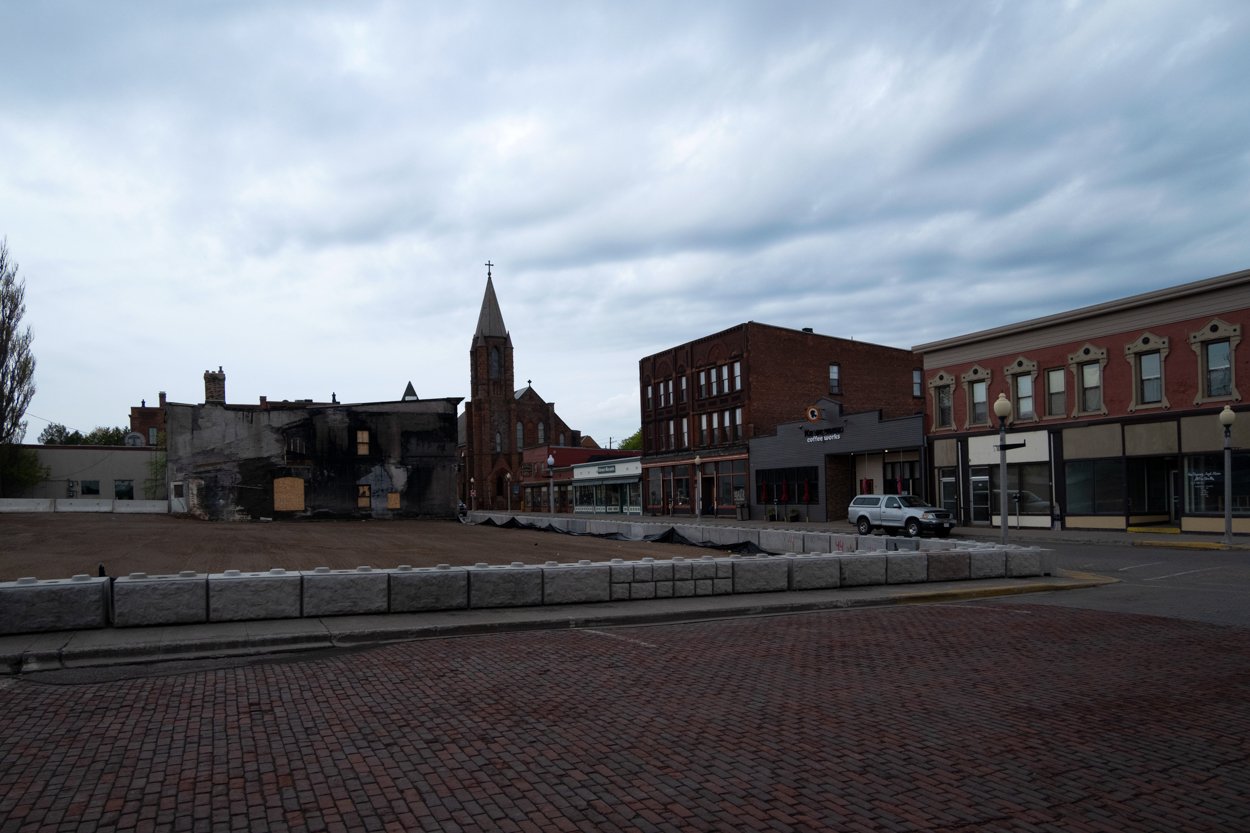
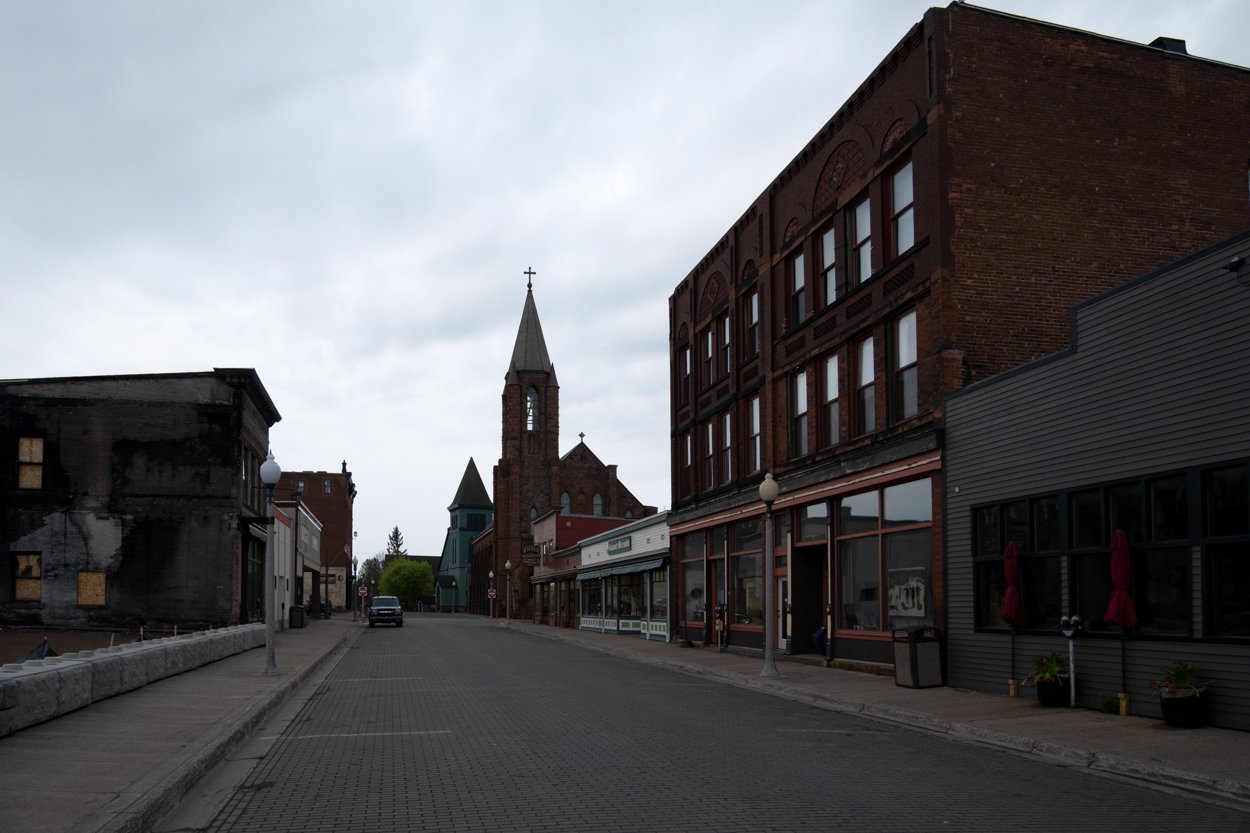
In the evening hours of May 21st, 2021, a fire broke out on the 100 block of 5th Street in downtown Calumet. The blaze would quickly consume three-fourths of the block, decimating three historic buildings. In total, 12 different fire departments fought the fire into the early hours of May 22.
All three buildings were a total loss, and the block will never be the same. Read our full coverage of the 2021 fire here.

